Our latest thinking
You'll find sketches, prototypes, ideas and in depth explorations, all mixed together in no particular order.
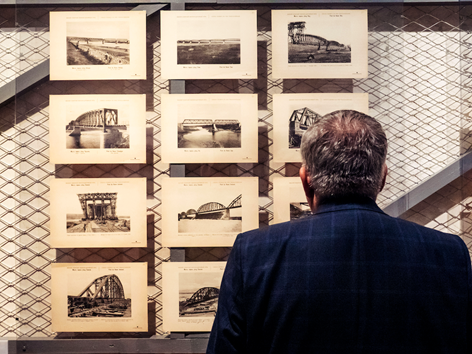
Vladimir Shukhov
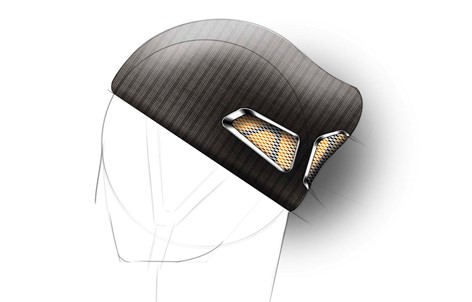
E-Scooters Beanie
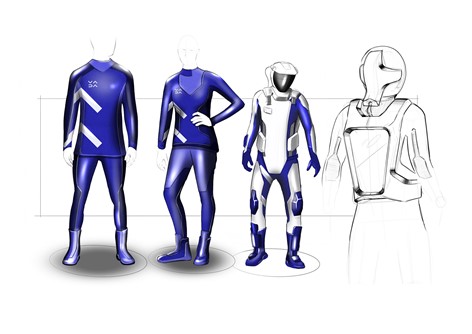
Technology
Space Suit Design
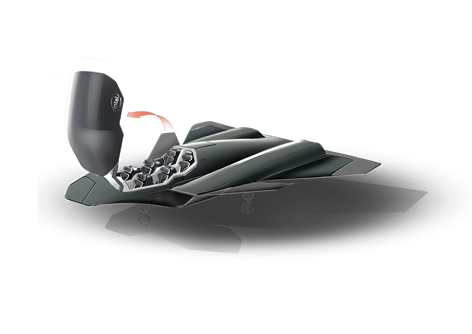
Rethink Flying

Camera Design Computer Vision
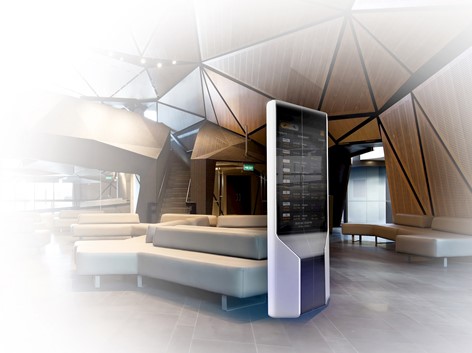
Concept Designs
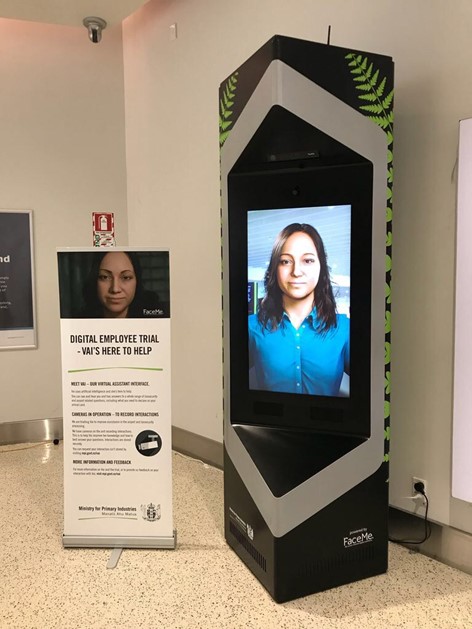
Ai Kiosk Design
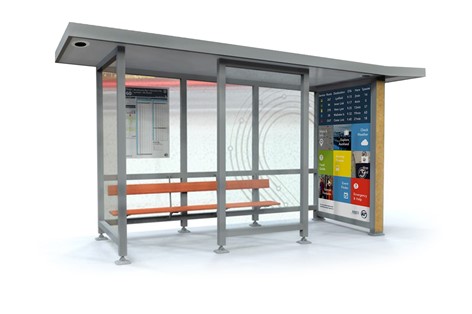
Interactive Experiences
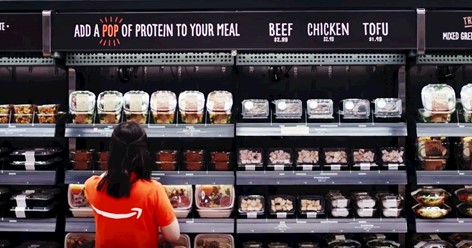
AmazonGo
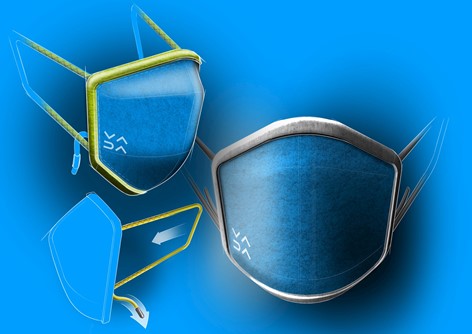
Concept for the personal protective equipment (PPE)
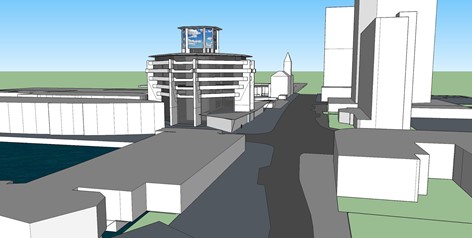
Urban Droneport

Security Camera Design
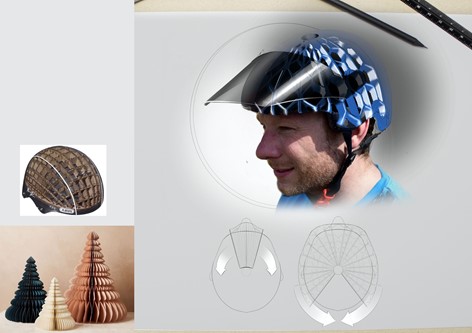
E-Scooter Flat Pack Helmet
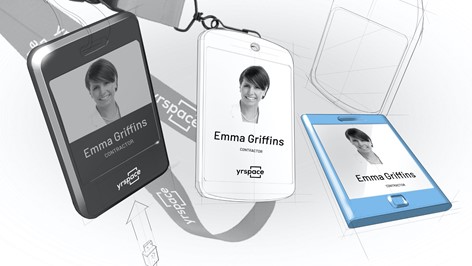
Digital Lanyard
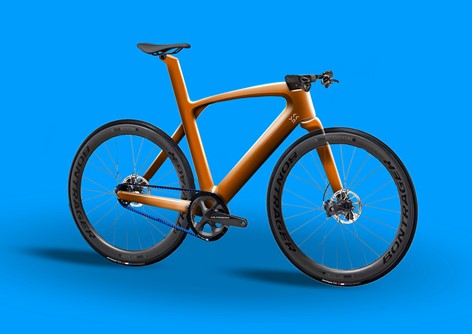
3D Printed Bike Frame
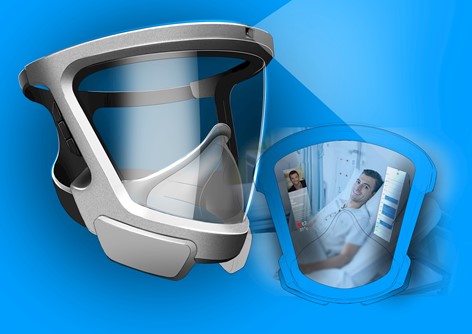
Stormtrooper

Jellyfish
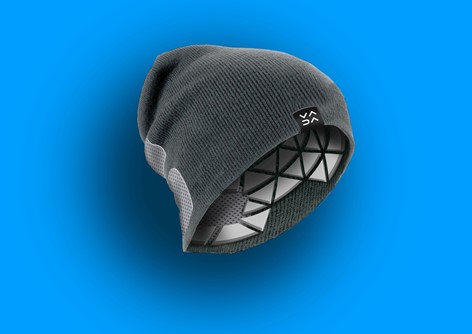
Beanie
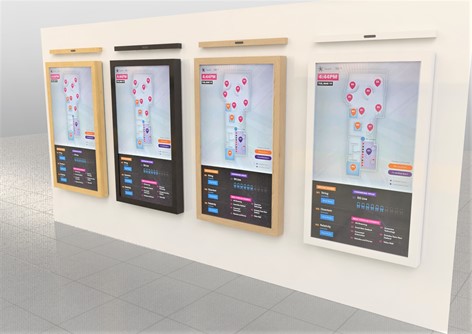
Frame design
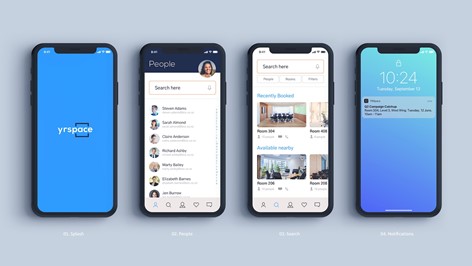
Technology
UX Design Office App

UX Retail Design
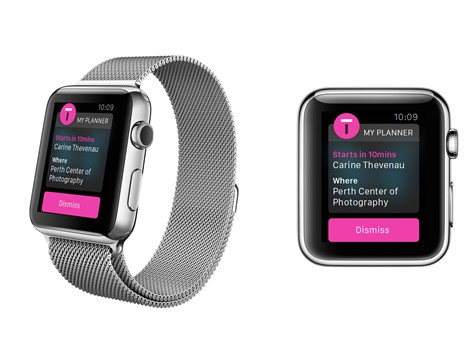
Wareable
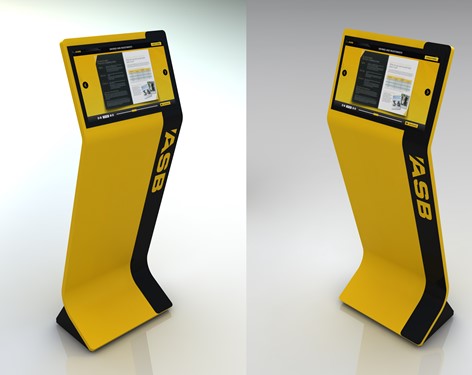
Banking
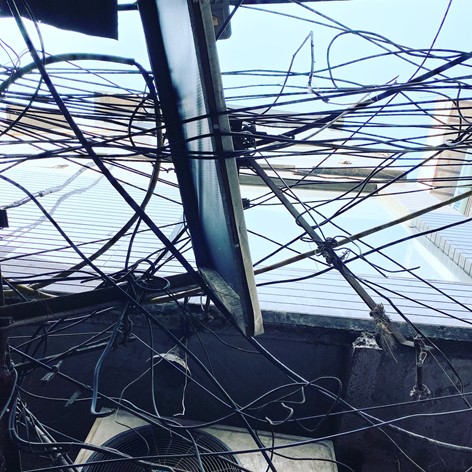
Chaos Theory

Experience as Human
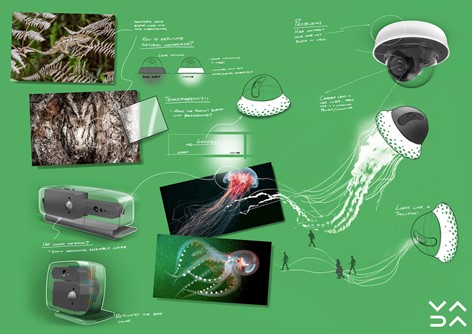
Jellyfish
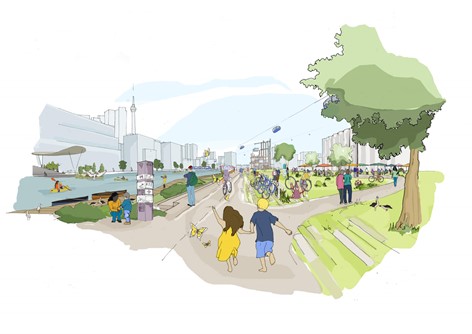
Office Park

Integrated Sensor
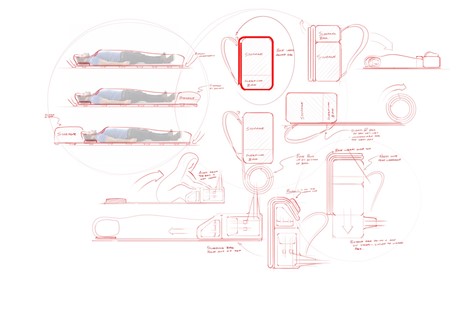
Living Space

Transparent LED Screen
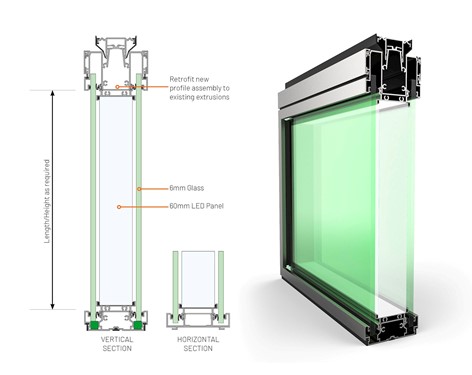
LED Partition
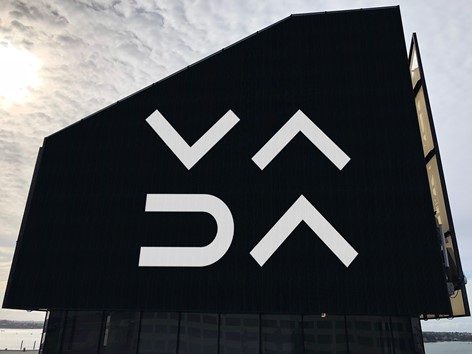
LED Structure Design

Electric Vehicles
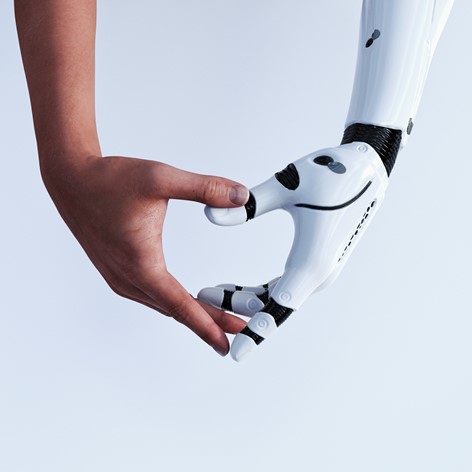
In The Future
Vladimir Shukhov
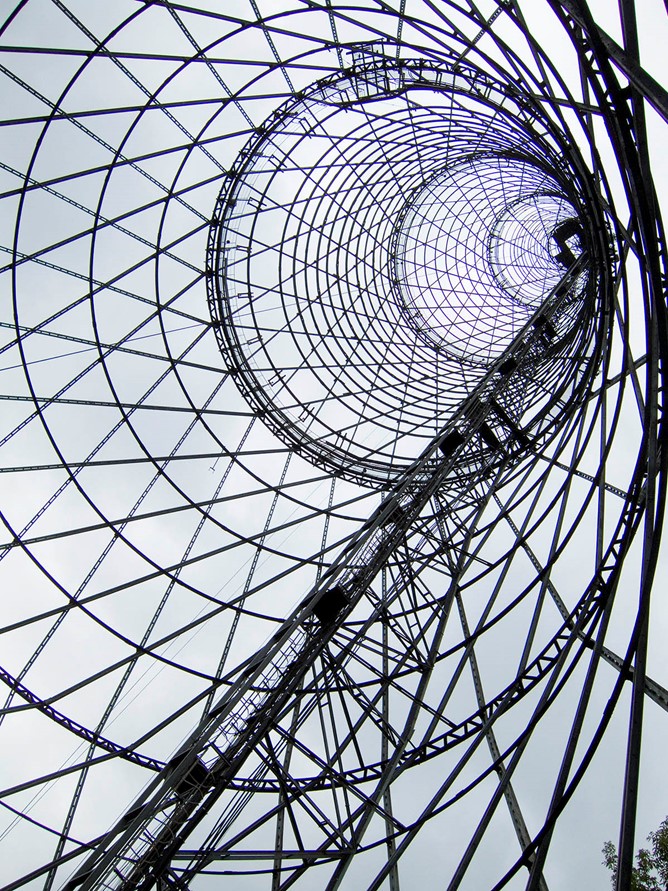
Shukhov pioneered the use of lightweight diagrid structures through his work as an engineer in Russia at the turn of the 20th century, most famously with the Shabolovka Radio Tower, designed in 1919 and completed in 1922.
This tower utilised the diagrid structure to achieve an unprecedented height-to materials-used ratio and has been referenced as an inspiration by Norman Foster who has had a continuous interest in achieving more with less across all of his projects. Shukhov’s influence on later architectural and engineering projects, showing the evolution from his hollow tower structures to the high-rise office buildings of today, all utilising the diagrid for the strength, stability and efficiency it provides.
SHUKHOV'S LATTICE STRUCTURES One of the most significant of Shukhov's inventions in the field of architecture was the thin metal lattice or grid shell structure. It was developed after detailed investigations searching for the most rational type of rafters that weighed and cost the least and could be quickly assembled. Shukhov suggested a proportion, which at first sight seemed senseless: a = e = c where a- length of panels, e - minimal distance between frames, and с - distance between two purlins, dependent on the actual situation (Shukhov 1897).
According to the formula, the minimal covering weight could be achieved only if the construction had no purlins, and the distance between trusses was equal to the distance between the missing purlins.
The answer to this riddle was the spatial lattice structure, where trusses and purlins were the same, and the distances between trusses and purlins were equal.
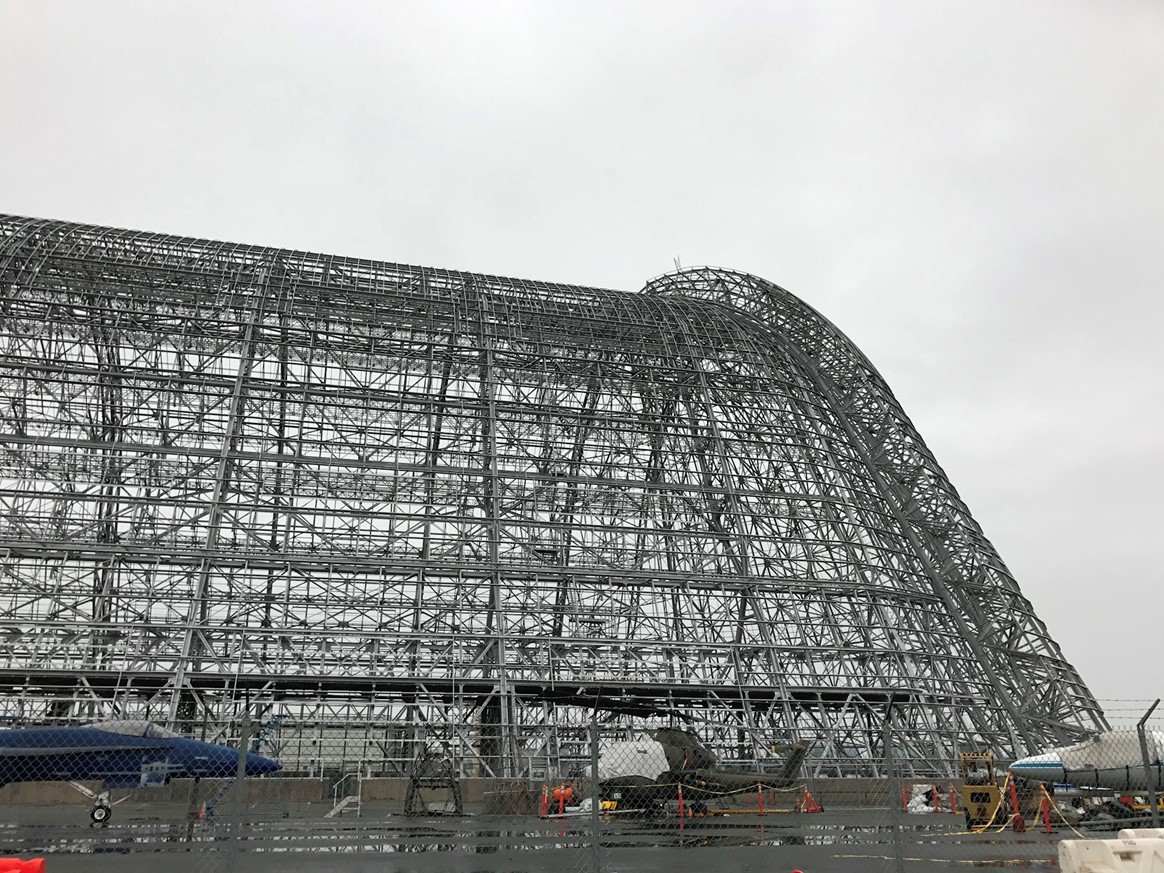
E-Scooters Beanie
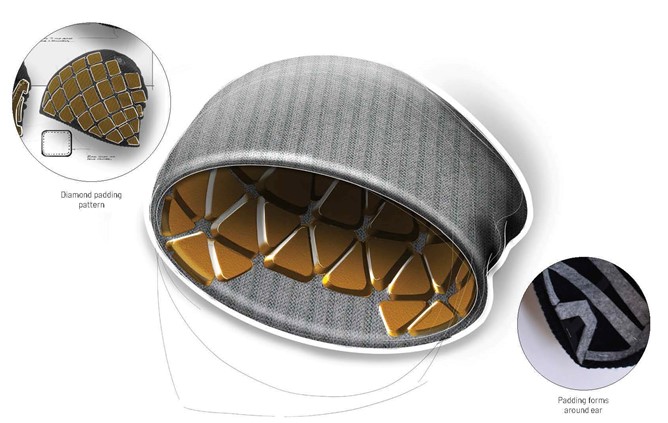
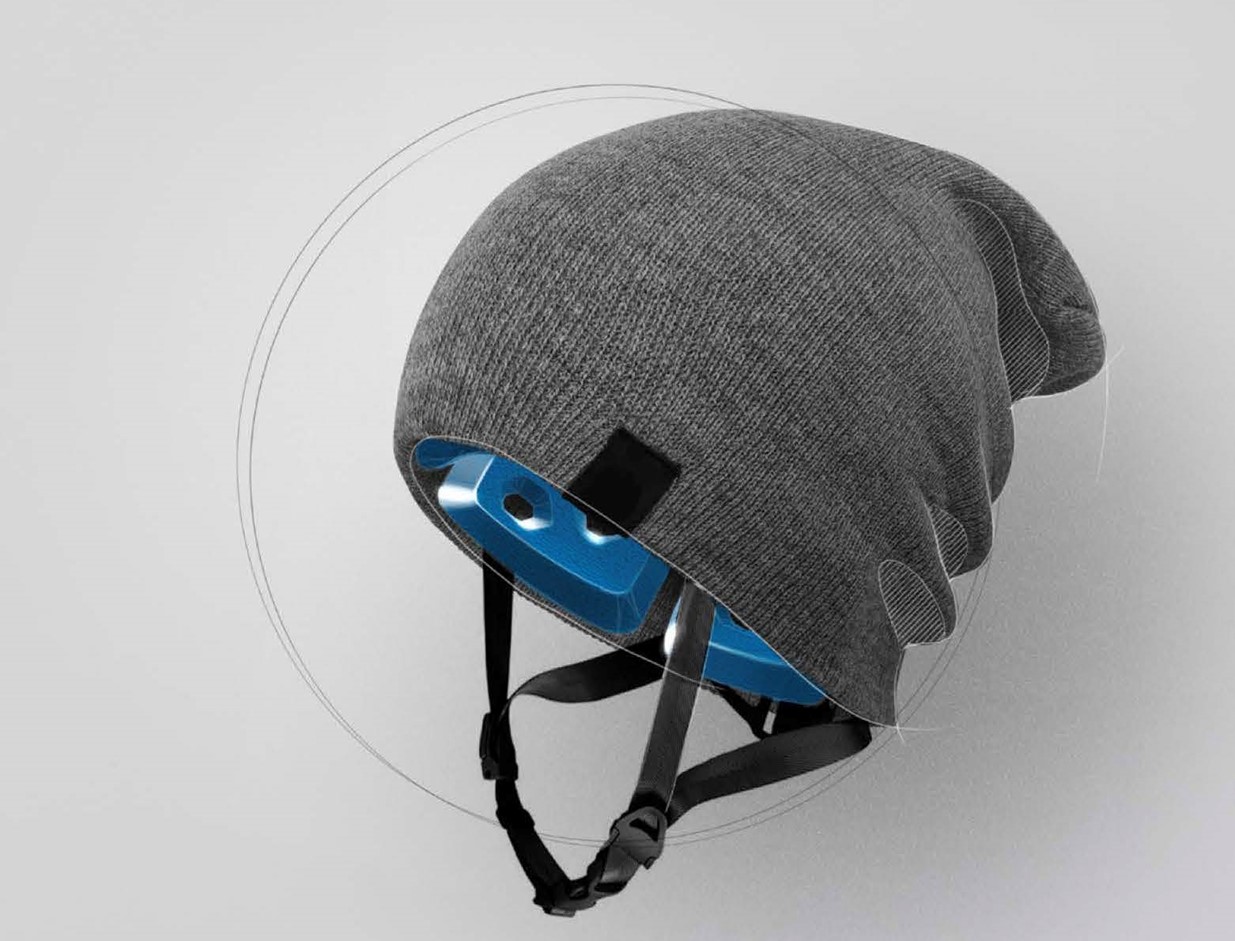
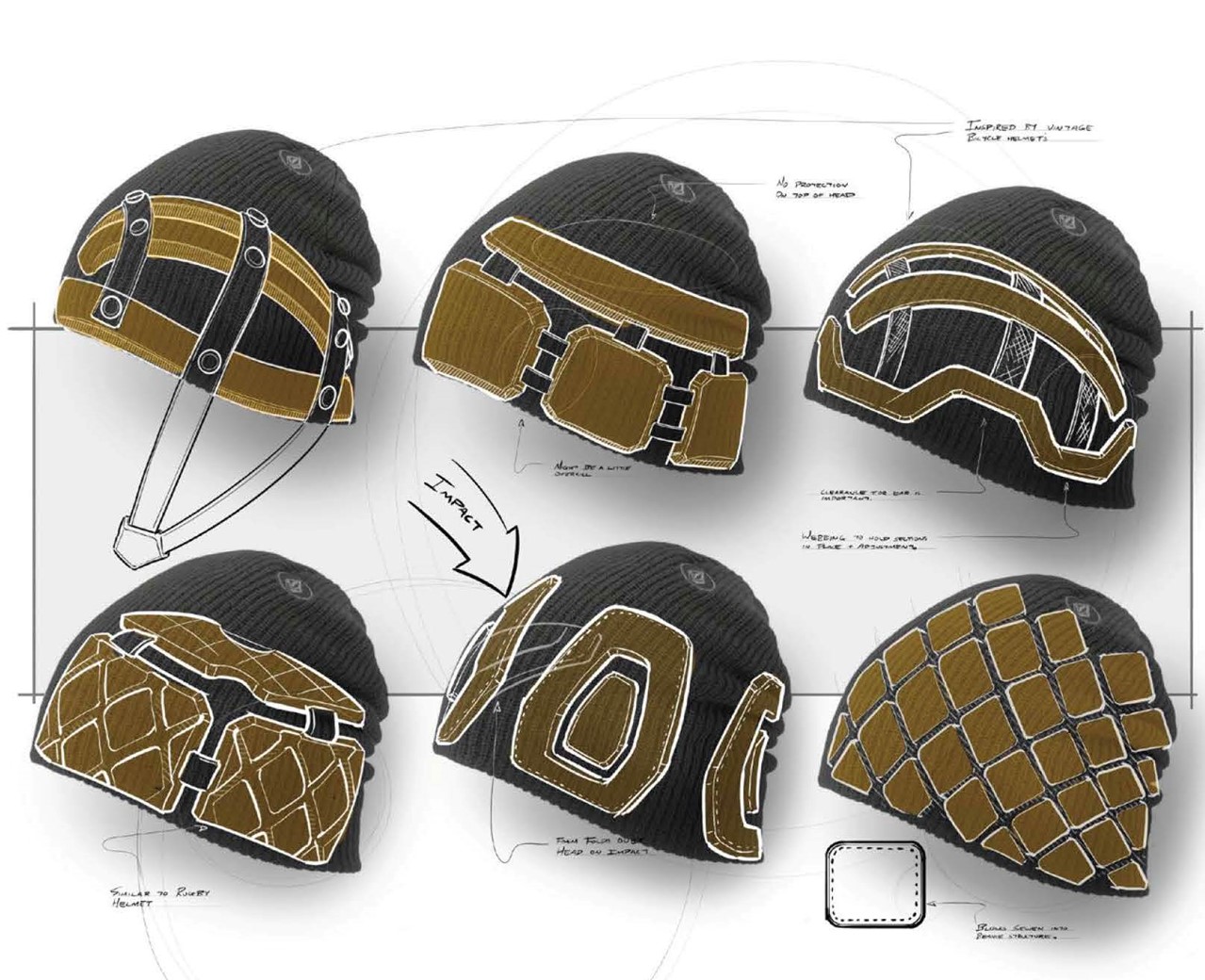
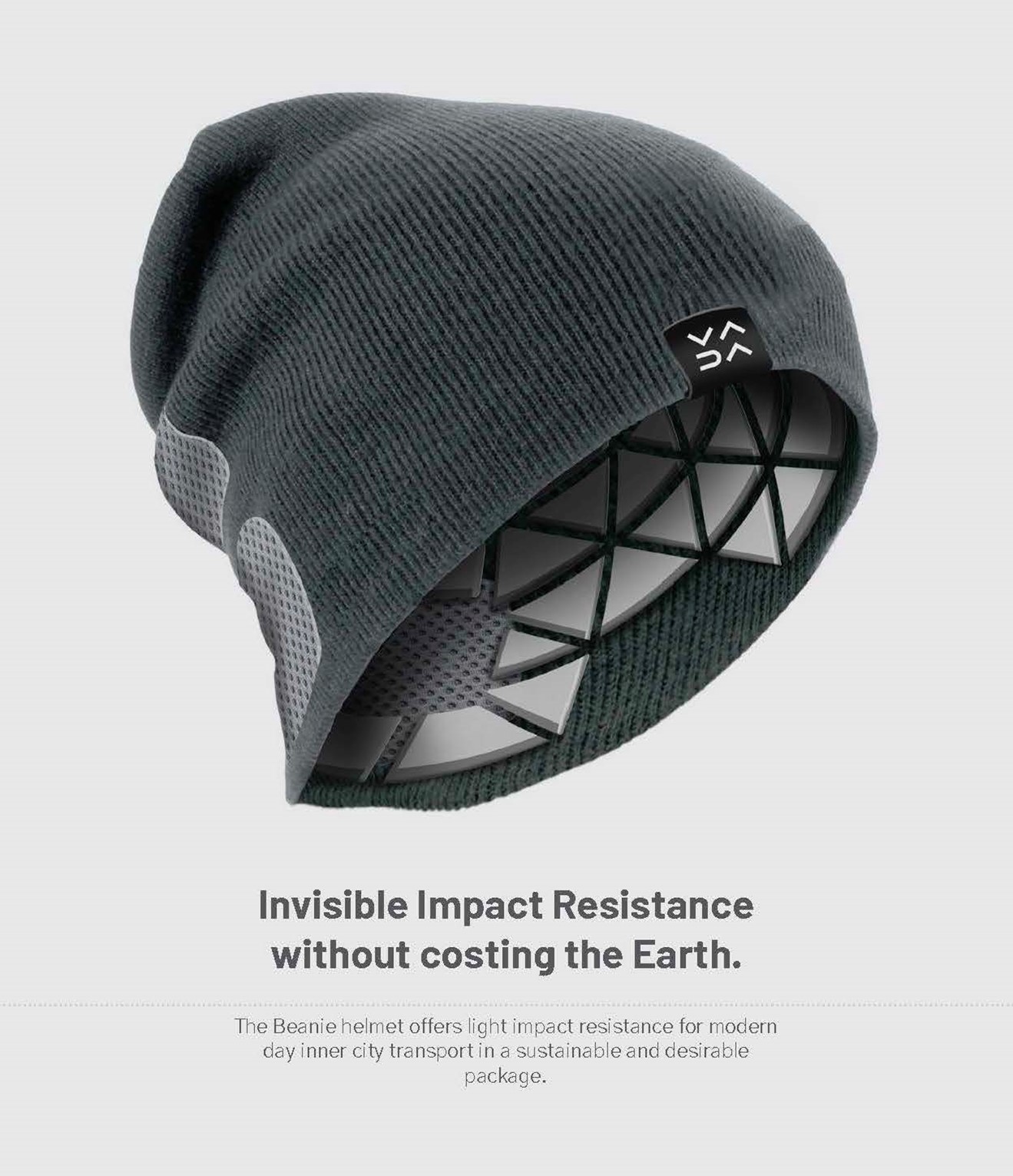
Space Suit Design
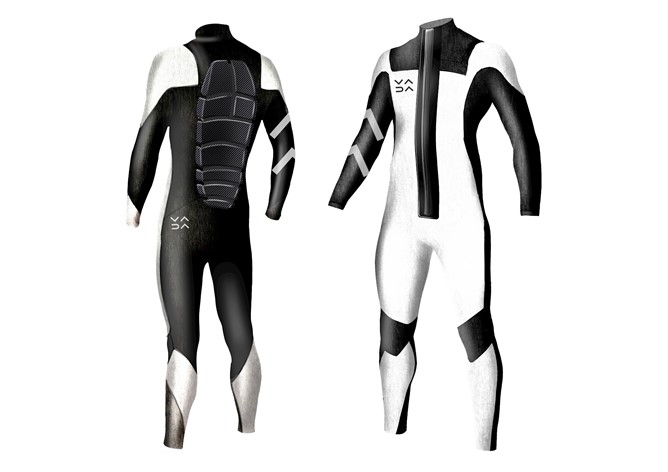
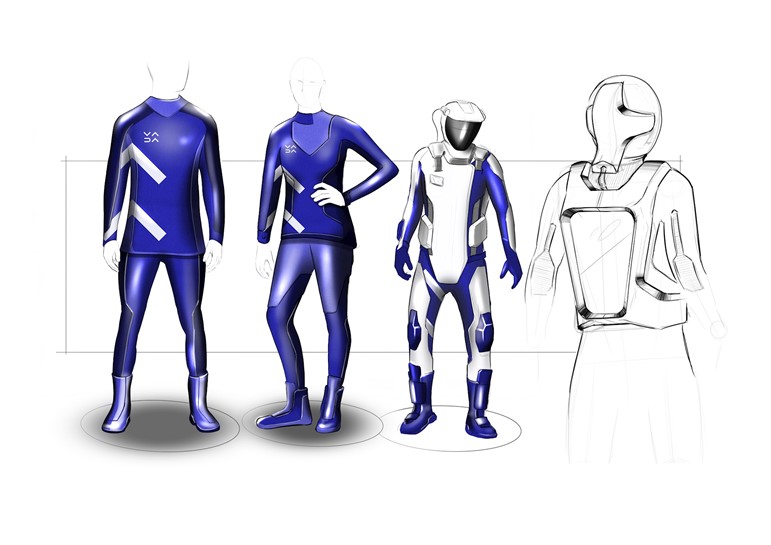
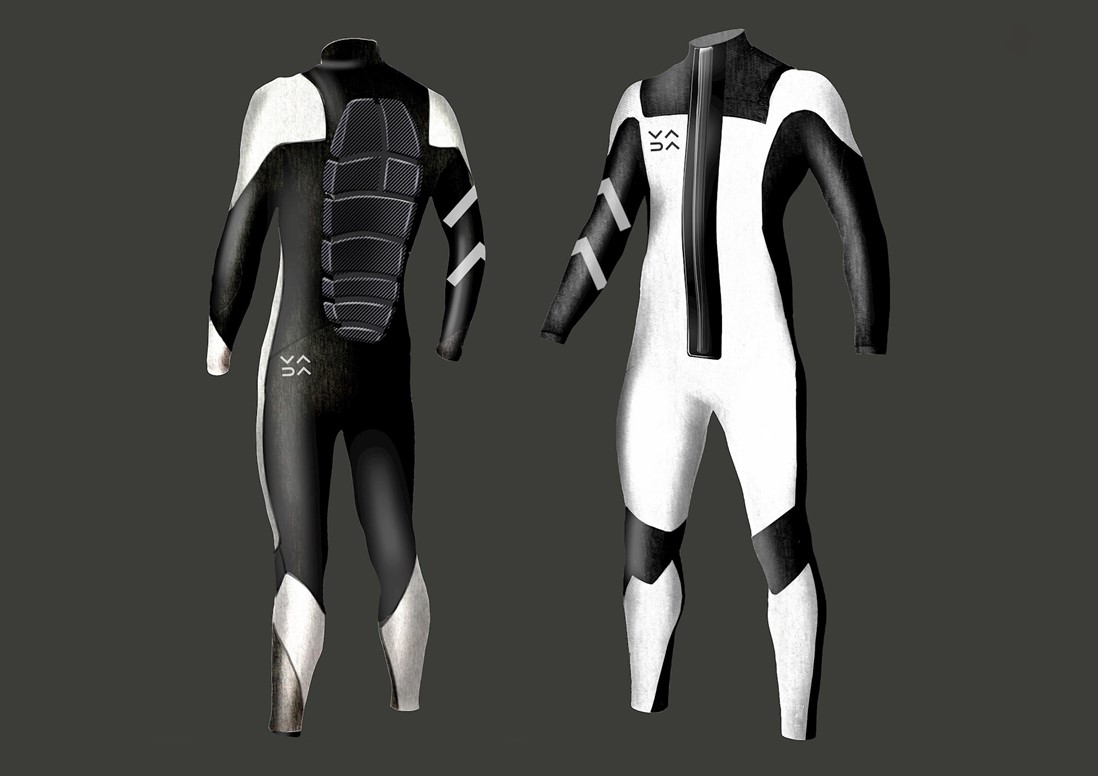
Rethink Flying
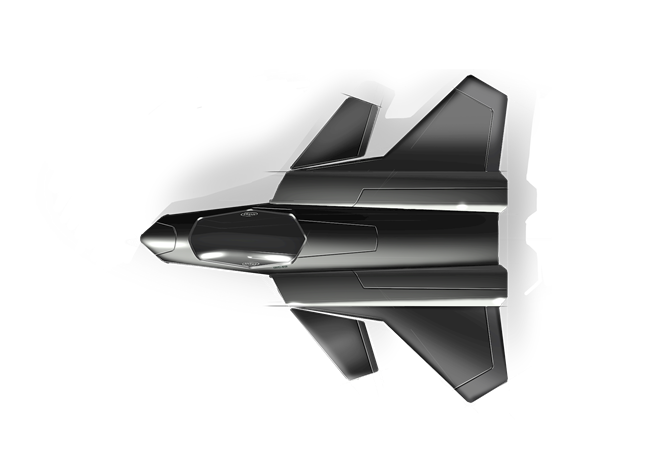
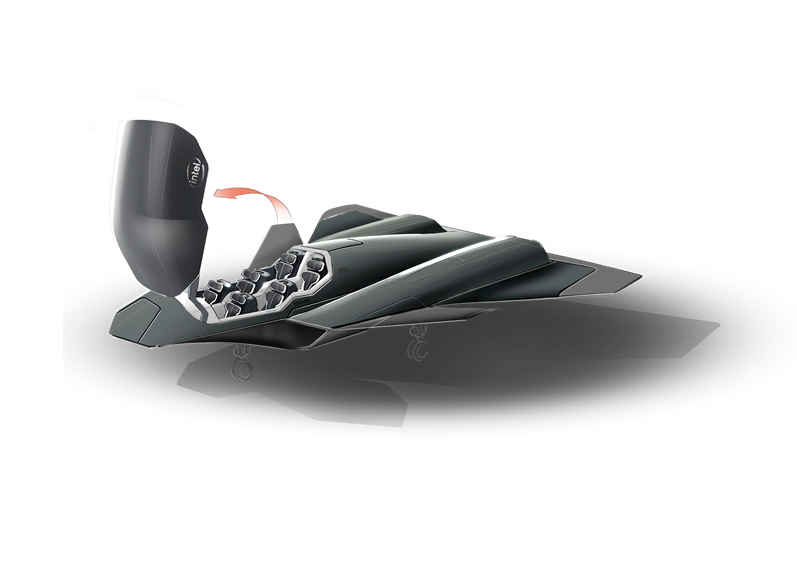
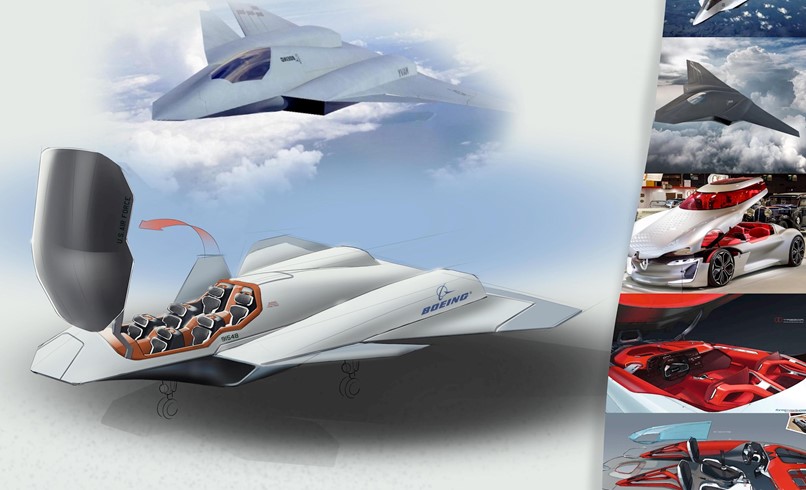
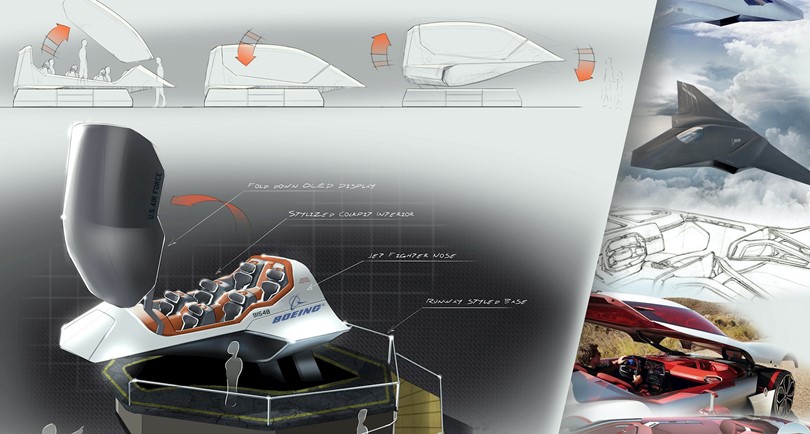
Camera Design Computer Vision
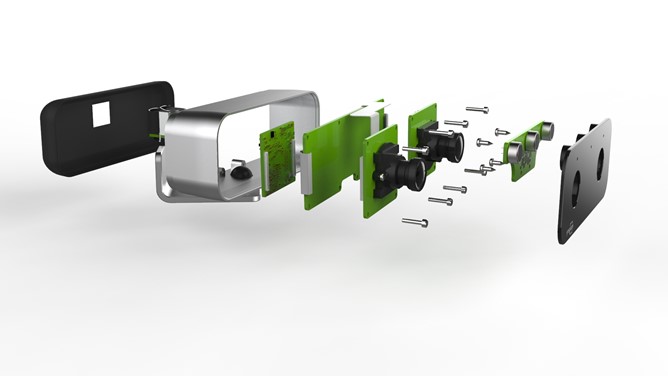
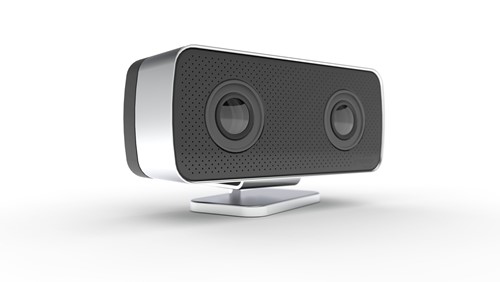
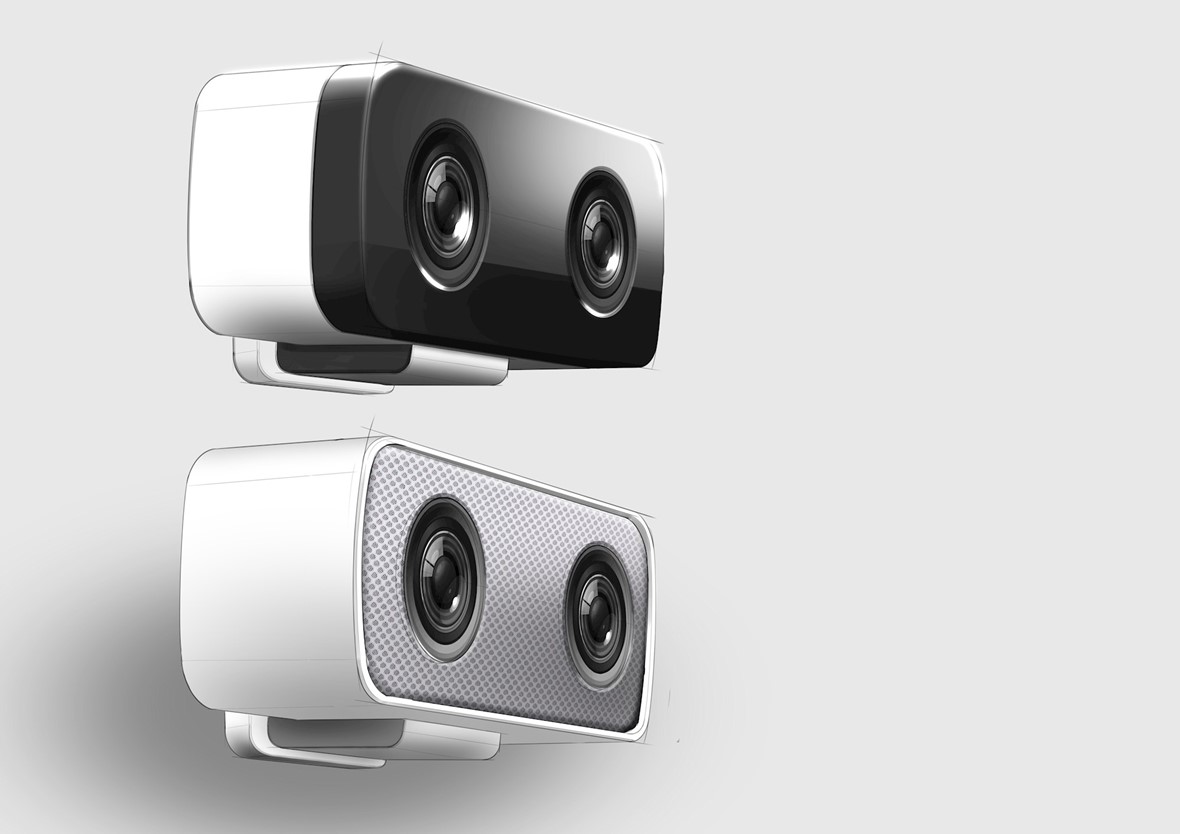
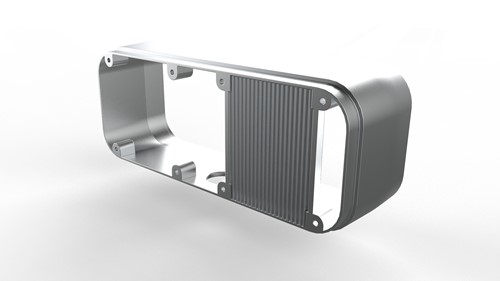
Concept Designs
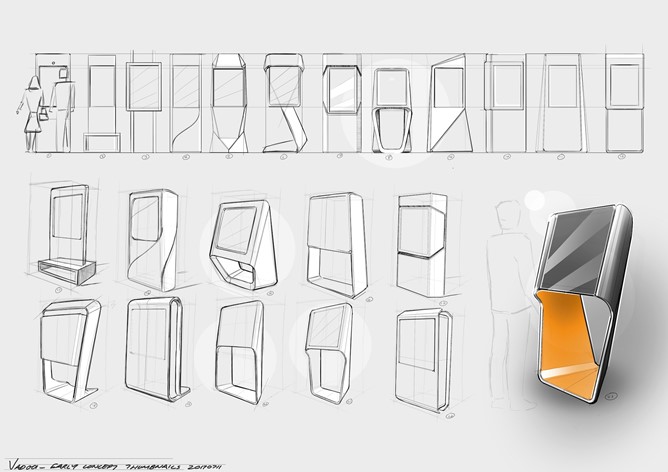
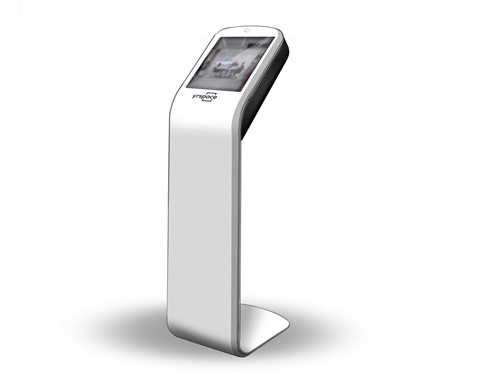
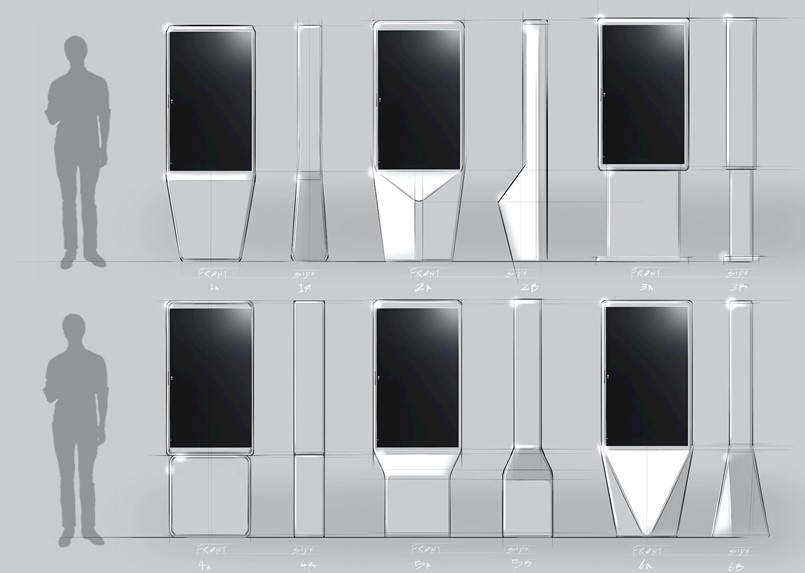
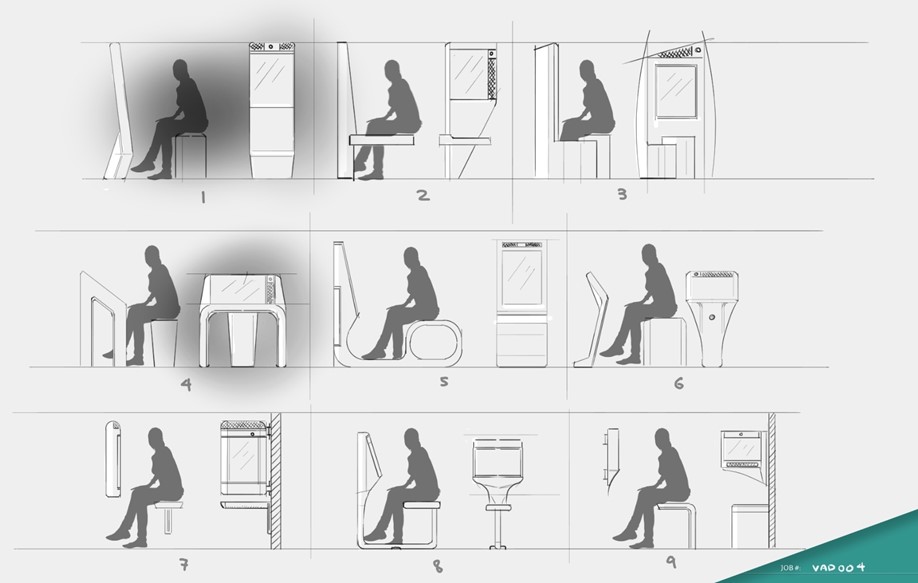
Ai Kiosk Design
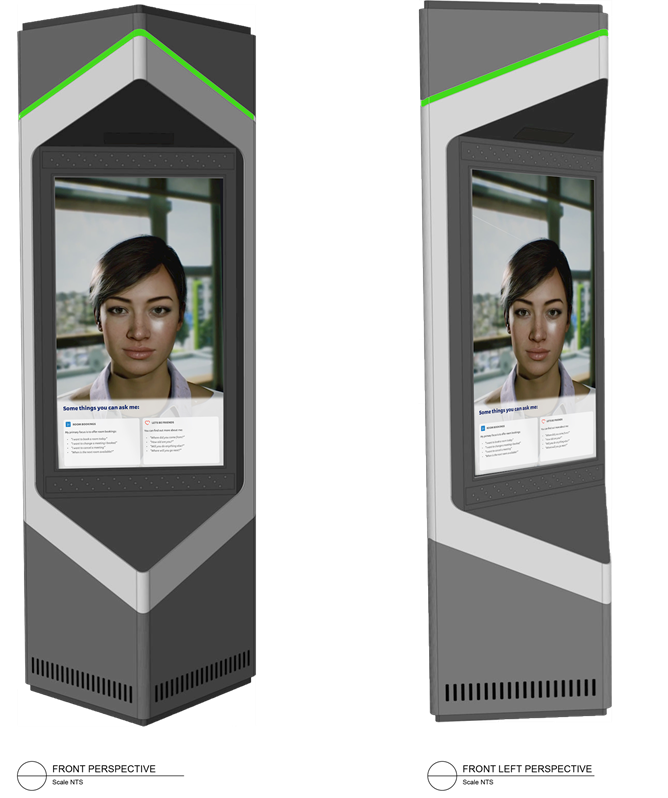
Interactive Experiences
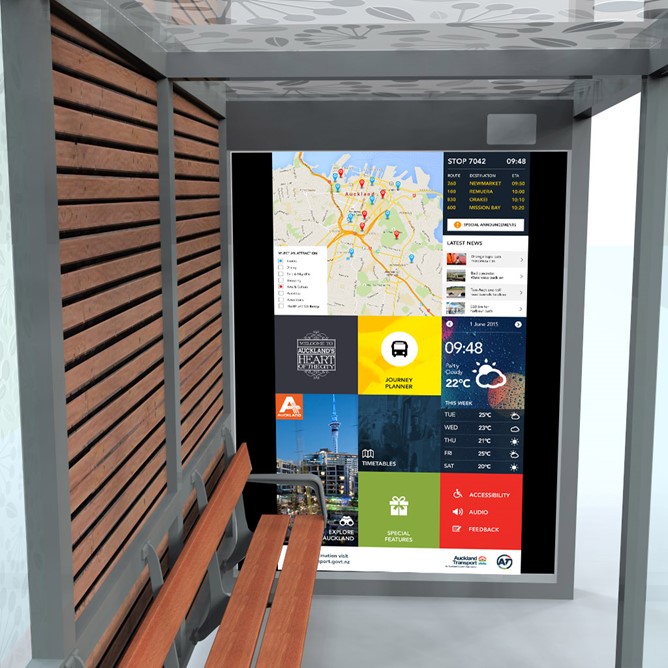
AmazonGo

In the past several weeks, retailers haven't seen much of their customers.
Retailers and consumers alike remain focused on cutting short the impact of COVID-19, the disease that has swept the globe. At the moment in most locales, when people do venture out it's only for essential items from the few stores that are open, and these days their faces are often covered. Otherwise, shopping is accomplished online.
The extreme lockdown of today will be eased at some point, though it's not yet clear when. Perhaps even more uncertain is what the frame of mind of their erstwhile customers will be. My question, will AMAZON GO stores be the future for all retailers?
 if you could shop at your local supermarket, without having to queue at checkouts to pay for your groceries. If you live in Seattle, this is something you’re now able to experience. In January 2018, the first in the world checkout-free store opened doors to the public, operated by technology giant Amazon. Based in Seattle, US, the store uses Amazon’s advanced shopping technology developed with the idea to reduce lines at store checkouts. The futuristic grocery store trialled by the web giant is packed with hundreds of cameras and tracking devices, so customers can stroll while logged into an app, pick up the goods they want and simply walk out.
if you could shop at your local supermarket, without having to queue at checkouts to pay for your groceries. If you live in Seattle, this is something you’re now able to experience. In January 2018, the first in the world checkout-free store opened doors to the public, operated by technology giant Amazon. Based in Seattle, US, the store uses Amazon’s advanced shopping technology developed with the idea to reduce lines at store checkouts. The futuristic grocery store trialled by the web giant is packed with hundreds of cameras and tracking devices, so customers can stroll while logged into an app, pick up the goods they want and simply walk out.
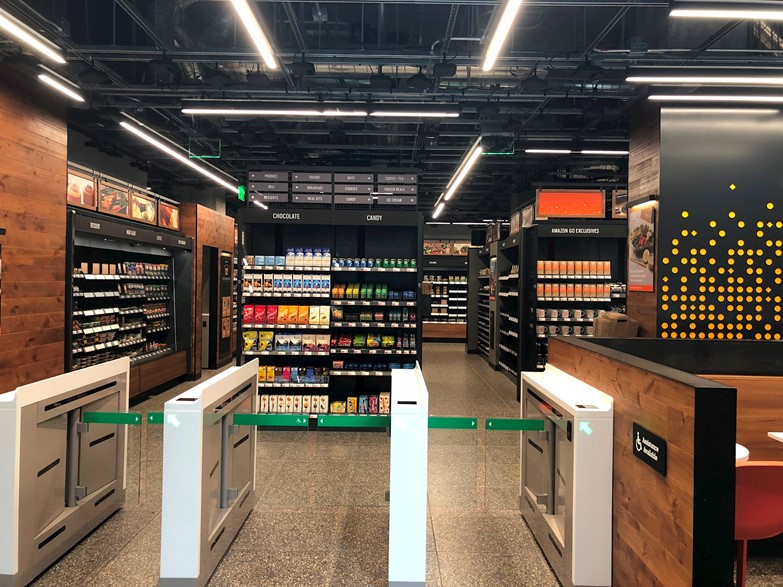
What is Amazon Go?
Amazon Go is the first store of its kind where no checkout is required. Customers simply enter the store using the Amazon Go app to browse and take the products they want and then leave. The store is partially-automated, with customers being able to purchase products without using a cashier or checkout station.
How does it work?
Amazon has developed a Just Walk Out shopping experience, which uses the same types of technologies used in driverless cars: computer vision, sensor fusion, and deep learning algorithms. This technology automatically detects when products are taken from or return to the shelves and keeps track of them in a virtual cart. So, when you’re done shopping, you just leave the store. But how do I pay you may ask? Once you’ve left the store, Amazon will send you an email receipt and will charge your Amazon account.
How do I shop there?
All you need is an Amazon account, the free Amazon Go app, and a recent-generation iPhone or Android phone. You can find the Amazon Go app on the Apple App Store, Google Play, and Amazon App Store. So, you’d only need your phone to enter the shop.
To enter the store, you simply scan the Amazon Go app’s barcode at the turnstiles. From that moment, cameras and sensors identify you by your Amazon account as you browse through the store. An interesting fact is that the system charges the grabber – you grab the item, you buy it. So, if you hand something over to your friend to buy, you will be the one paying for it.
Concept for the personal protective equipment (PPE)
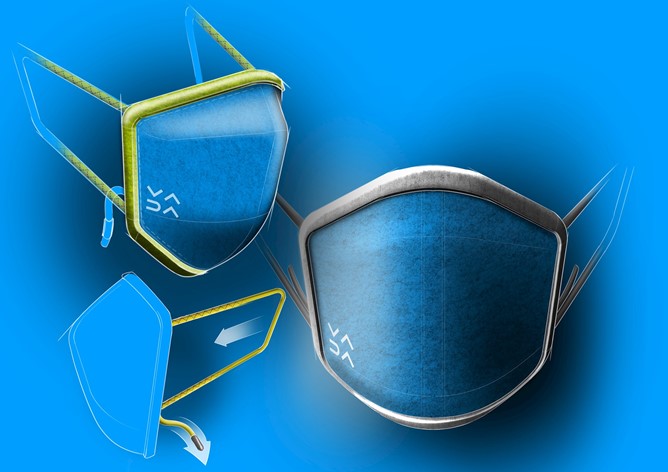
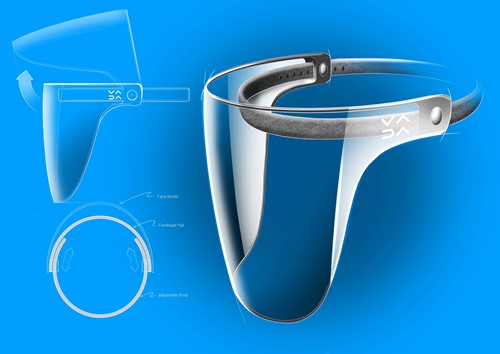
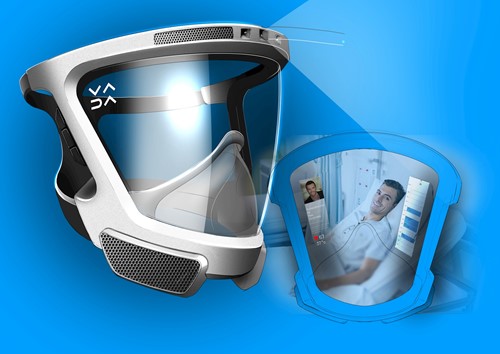
Urban Droneport
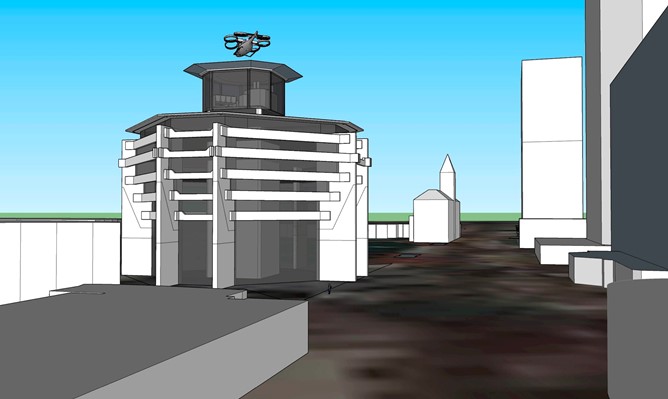
Designing buildings taking into account the problems that will arise in the future allows us to propose new ideas that make architecture an engine of development and innovation.
The project is an incentive to generate new designs in the fields of architecture, urban planning and the network that connects both fields. The idea behind the project promotes rethinking the way we will live in the future and how Technology will be part of it.
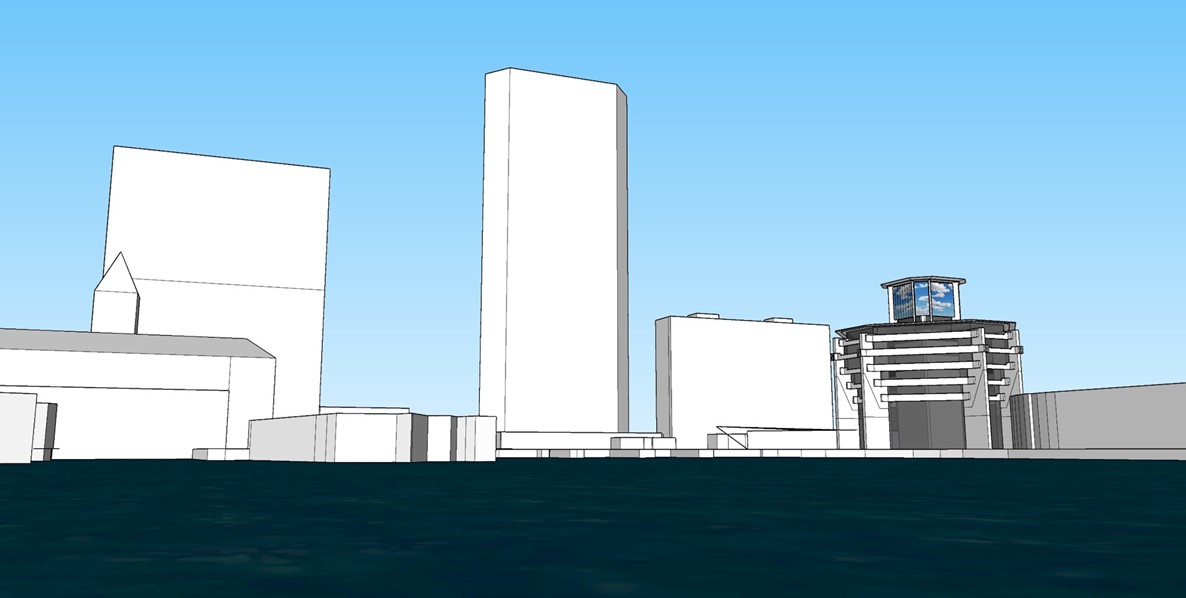
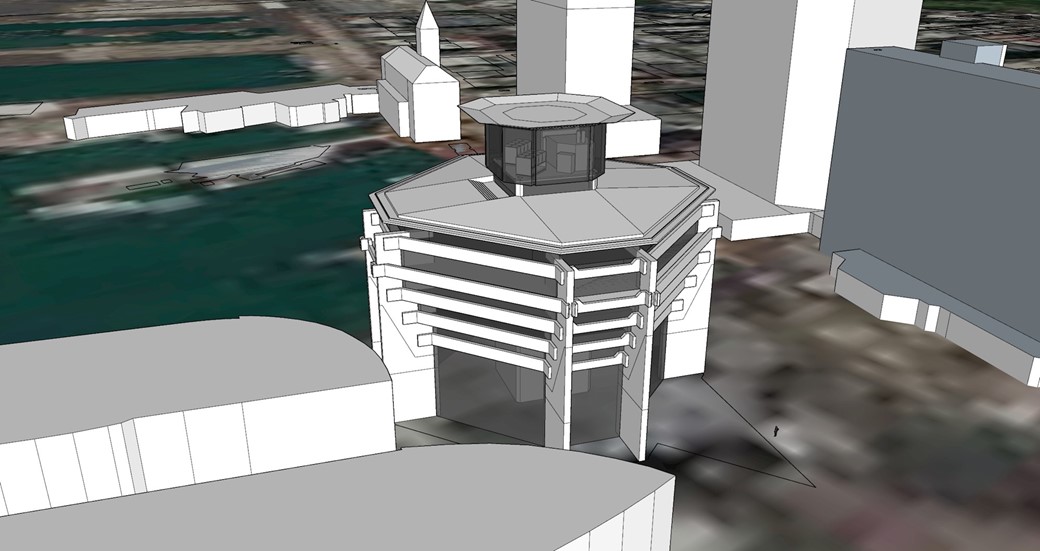
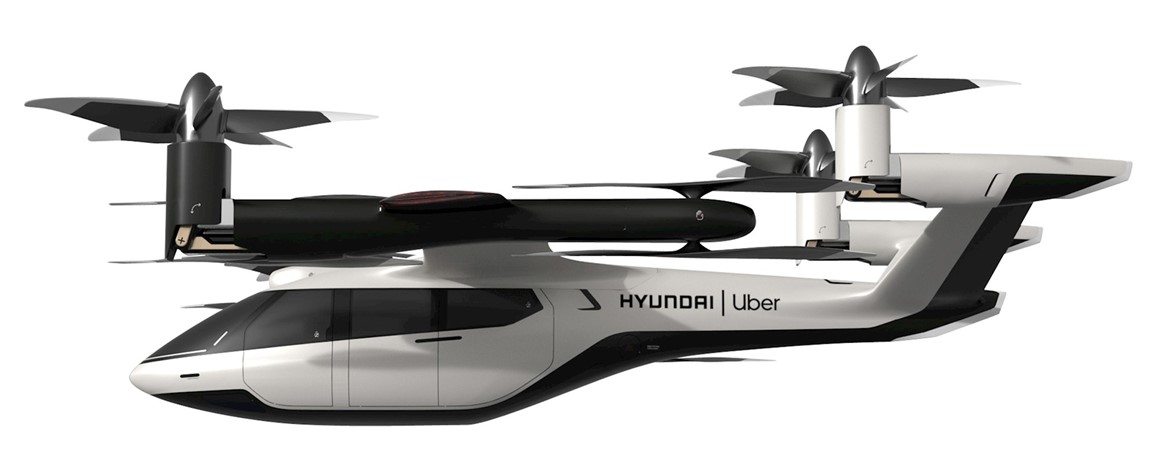
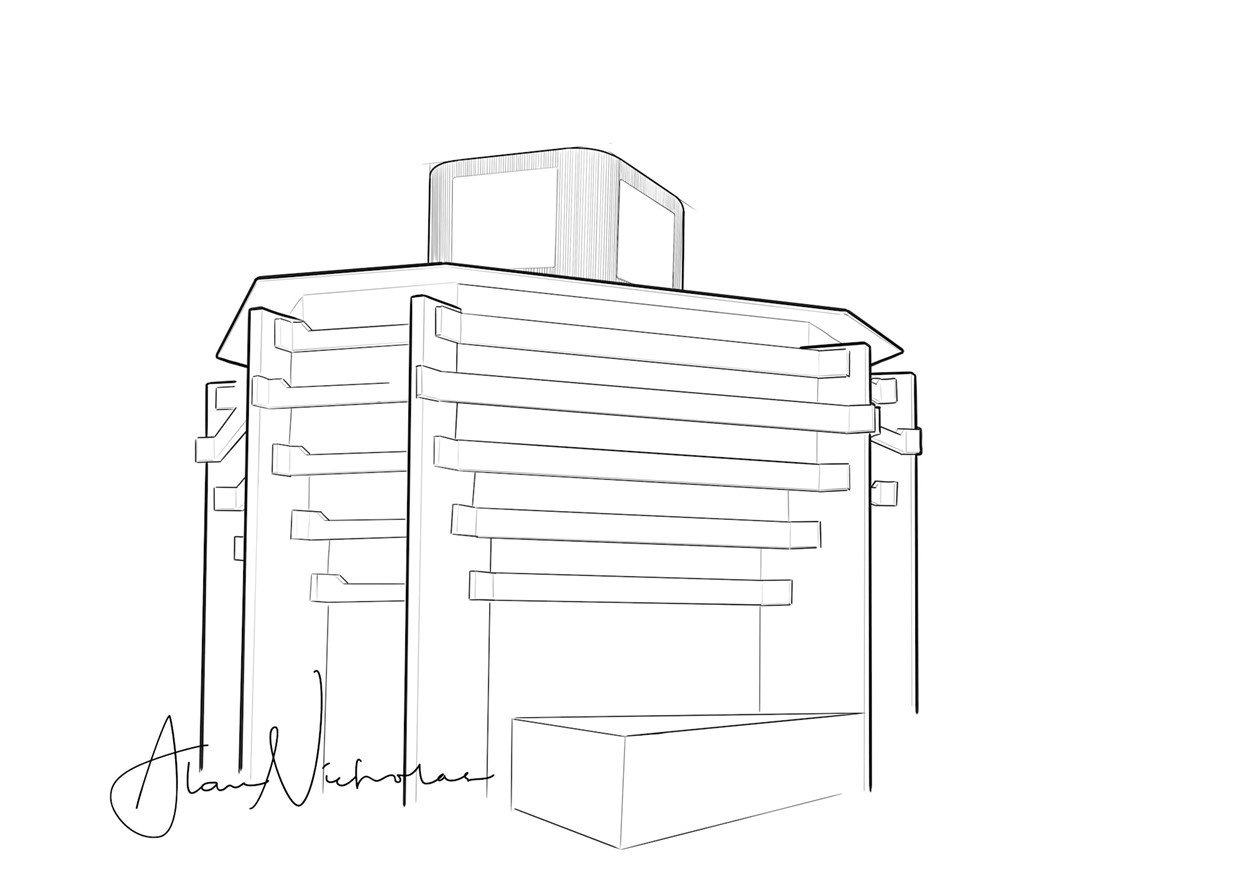
Security Camera Design
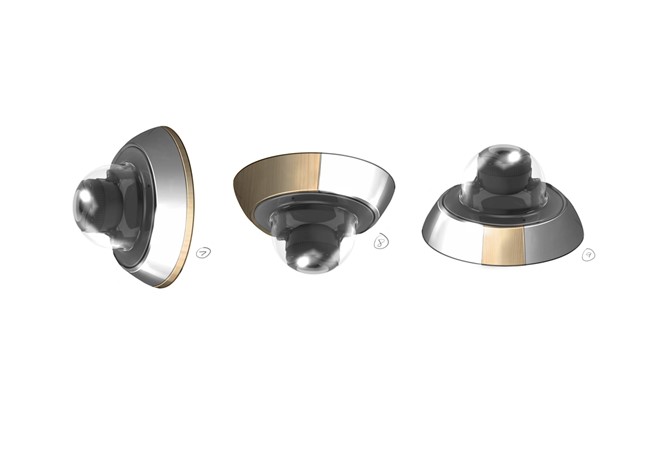
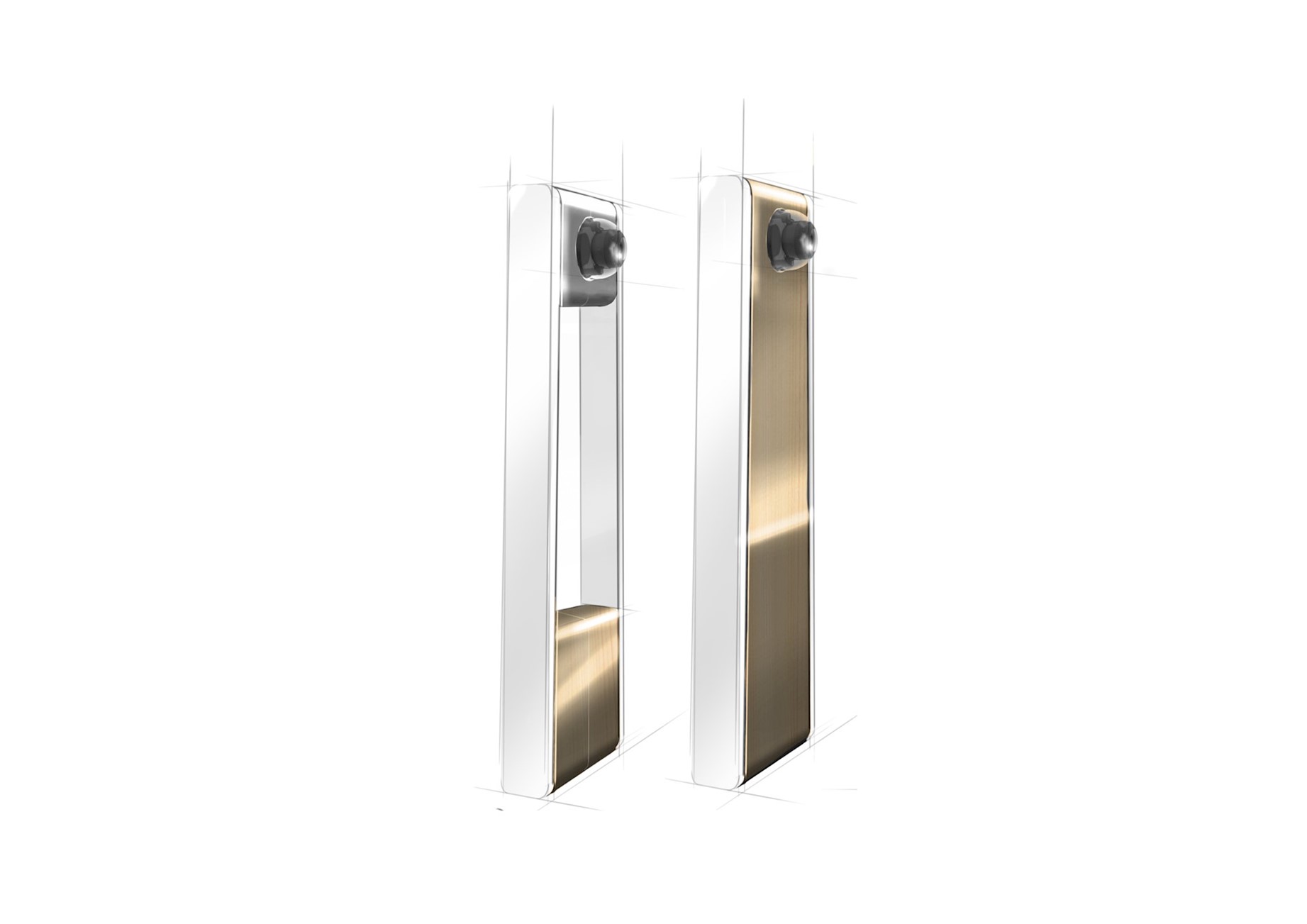

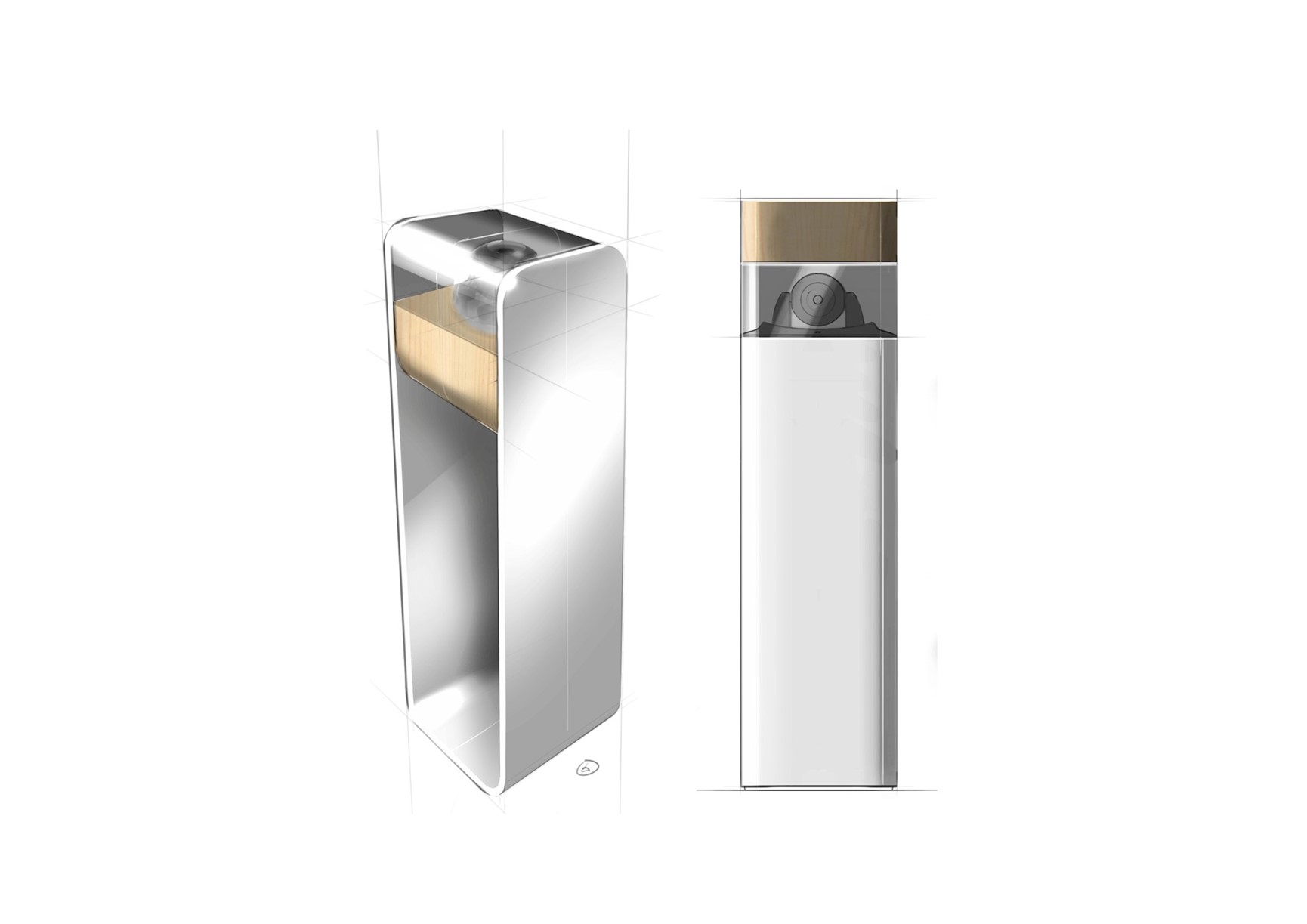

E-Scooter Flat Pack Helmet
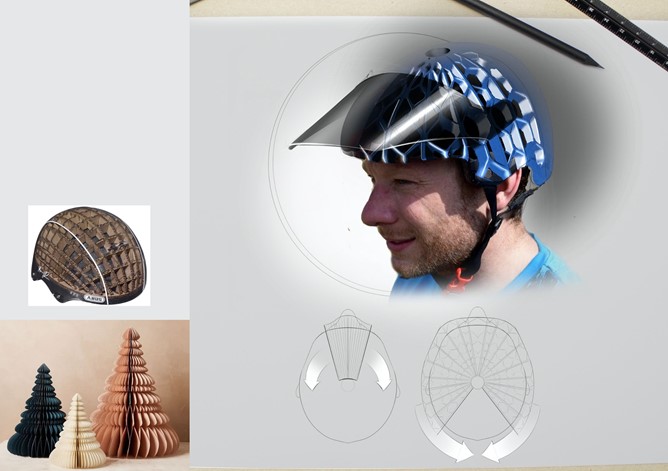
Escooters have rose in popularity drastically over the previous year with the introduction of several “pay per use”rental E-scooter companies launching in major cities around the world.
Private Chinese E-scooters are also becoming viable meansfor the “last mile” commutes between car parks or short runsfrom home to office. Their portability, ease of use, andaffordability is attractive to users.
Users code of conduct for E-scooters has widely variedduring their adoption, raising several concerns around safety.These laws are being assessed to create appropriatemeasures to increase user safety.
It is recommended users wear a helmet while riding an E-scooter due to the speeds they can achieve.
Users however very rarely use helmets. This could be for several reasons:
- The scooters are readily available at a moments notice, however users may not be carrying a helmet withthem
- Carrying a helmet around with you in bulky
- Shared helmets will not be accepted by the public due to health concerns and sizing requirements
- Helmets are not attractive to wear
Making a helmet which is attractive and easy to carry aroundgive users a safe option while using an E-scooter.
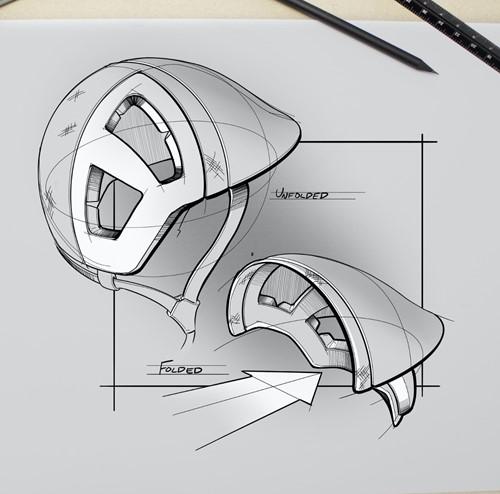
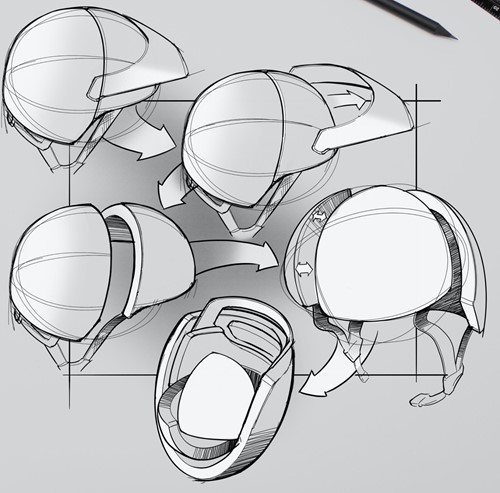
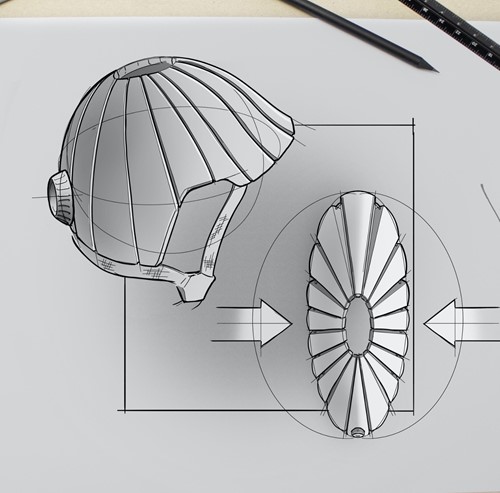
Digital Lanyard
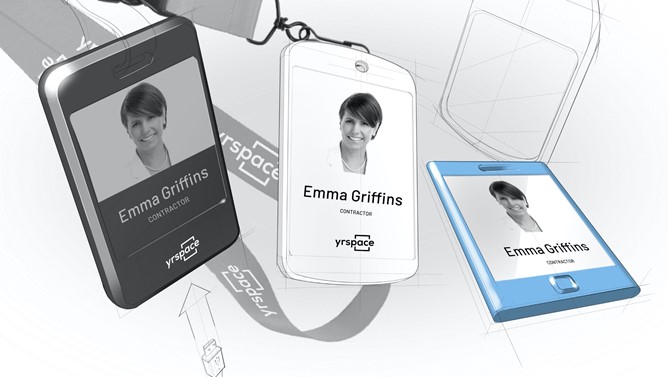
3D Printed Bike Frame
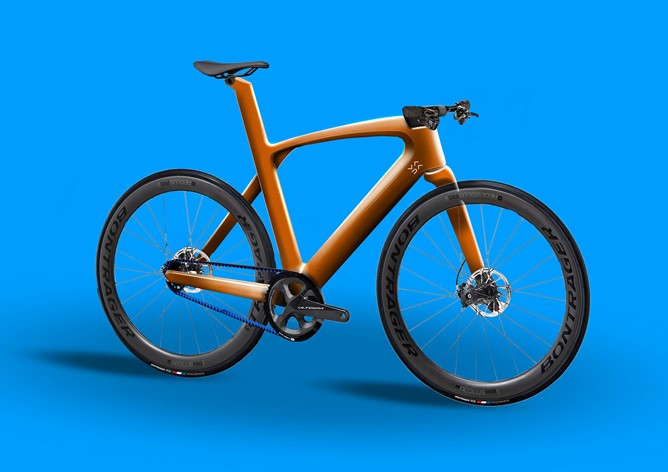

Stormtrooper
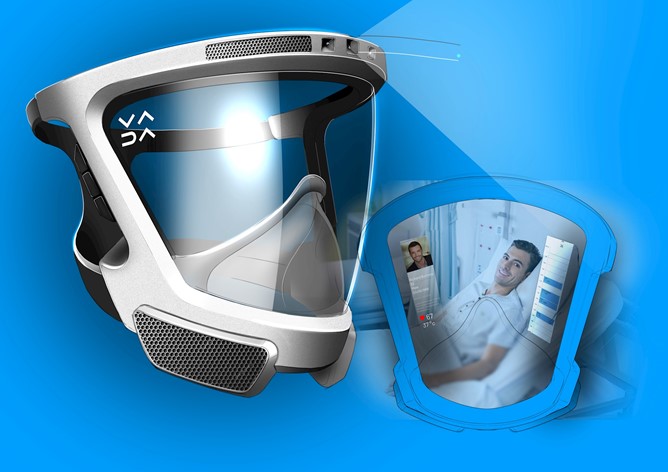
Jellyfish

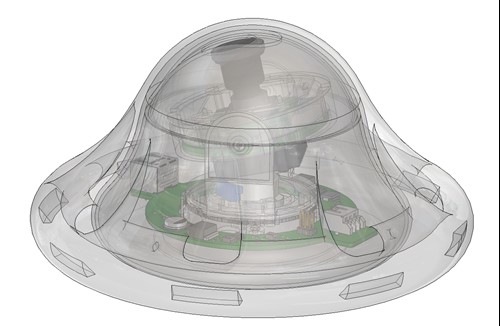
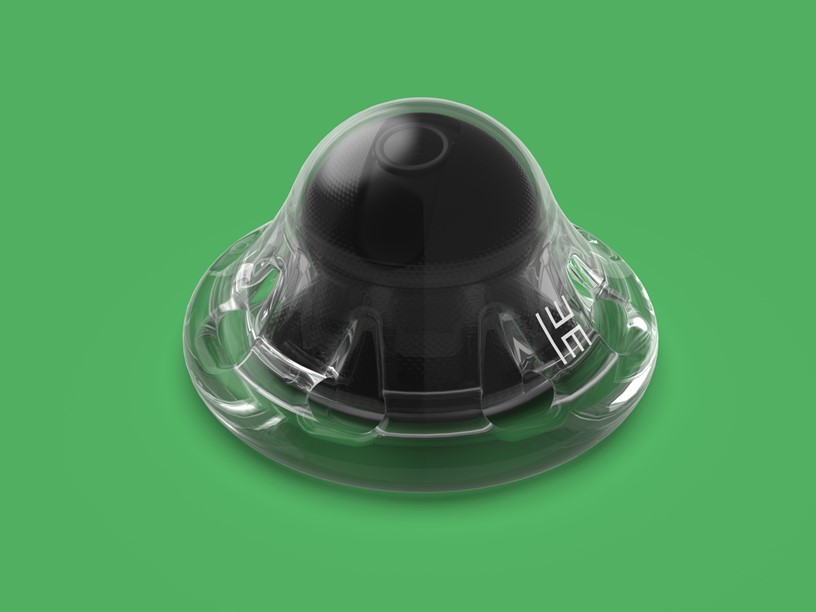
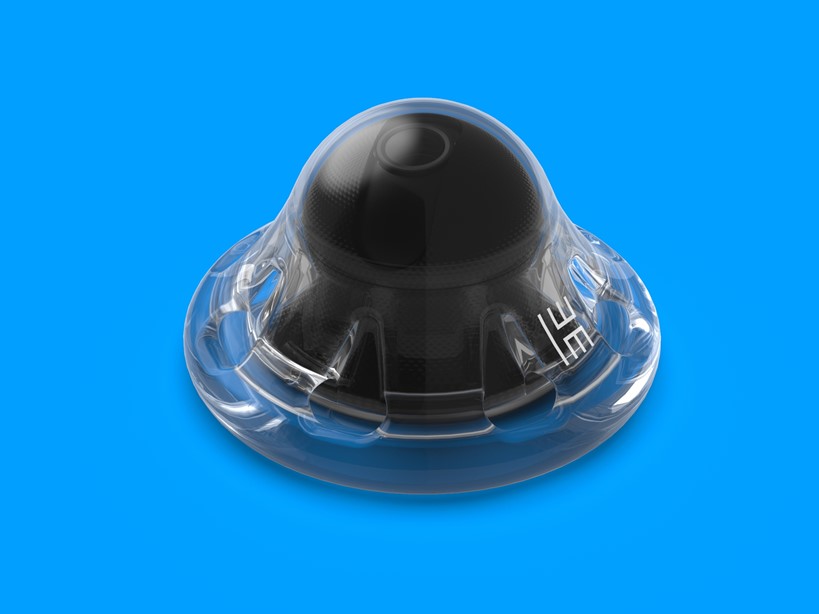
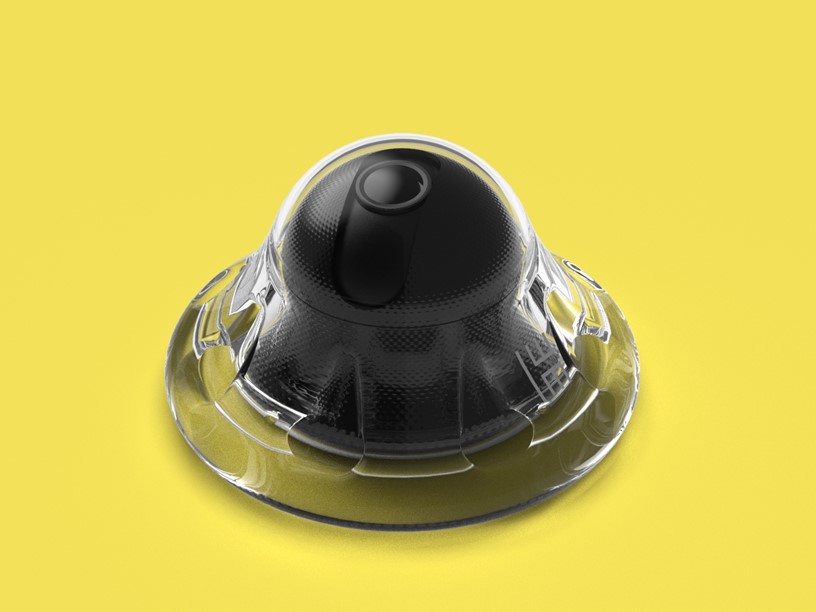
Beanie
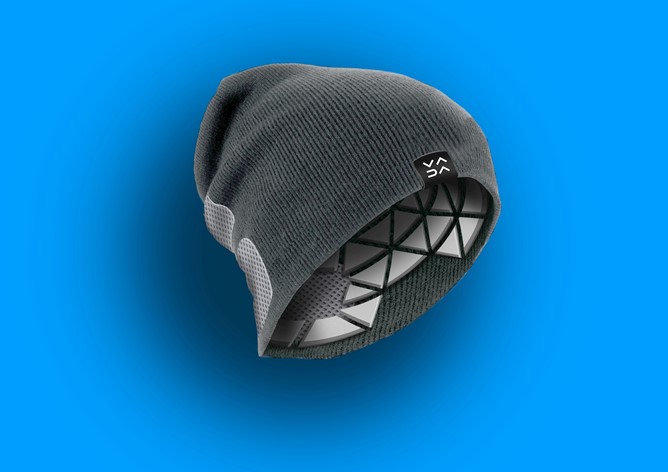
Frame design
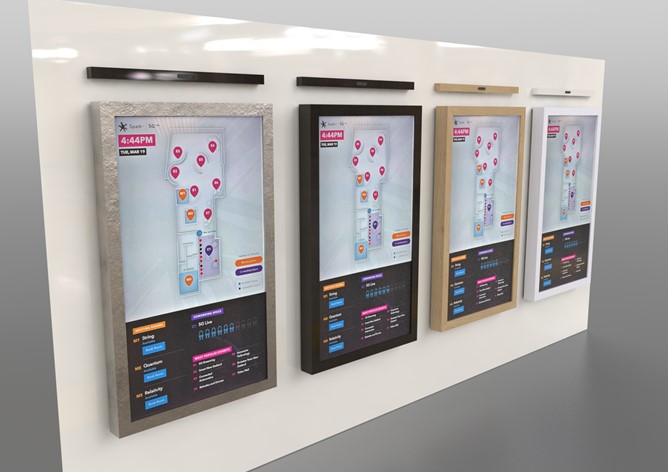
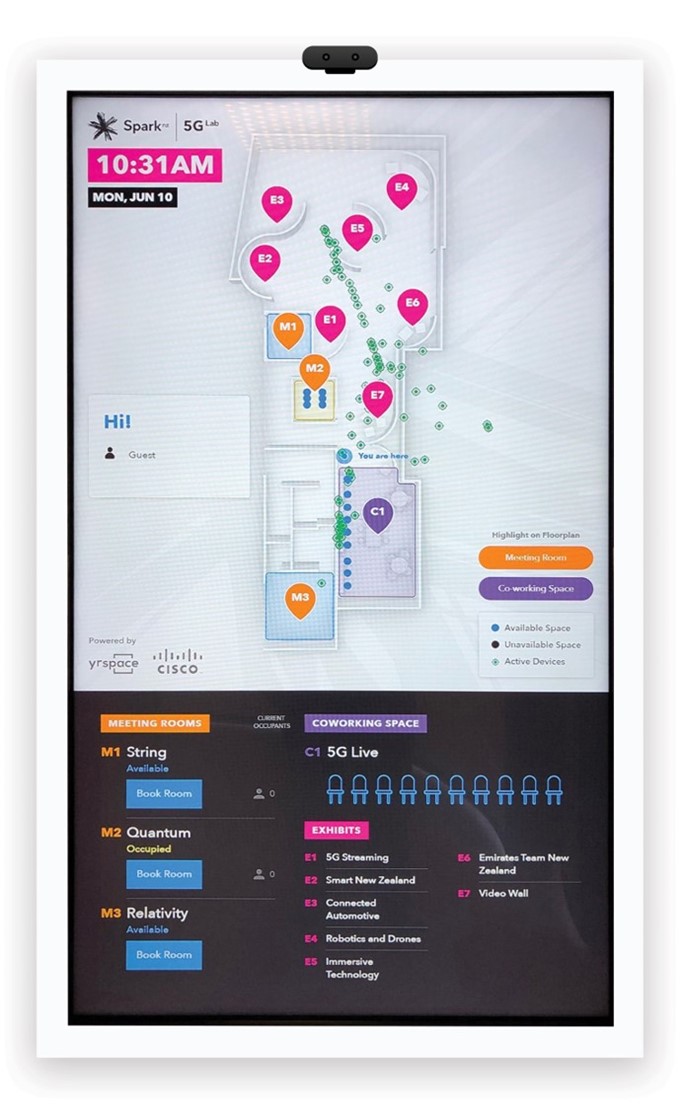
UX Design Office App
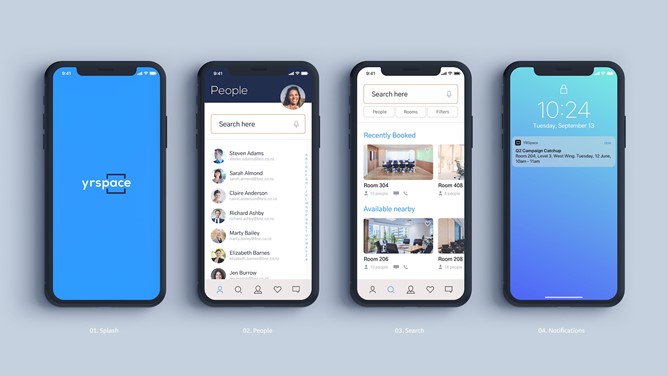
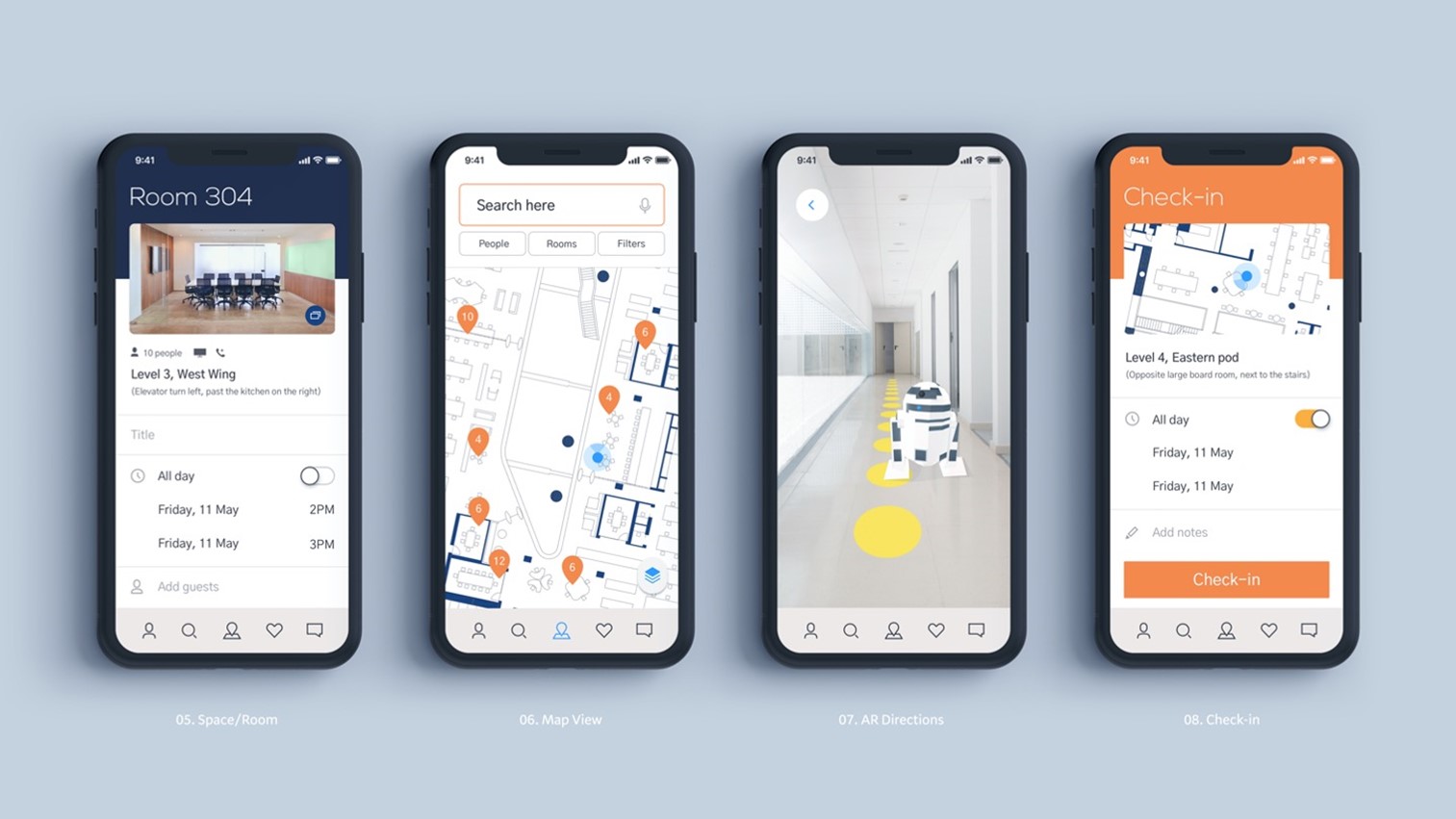
UX Retail Design

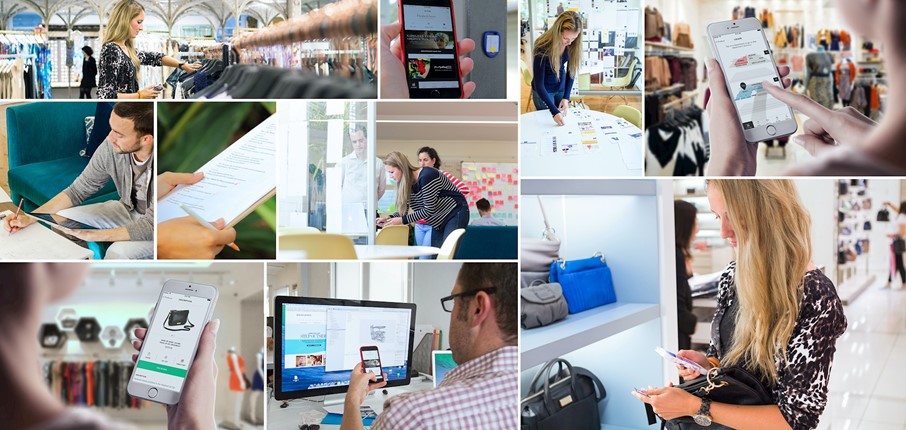
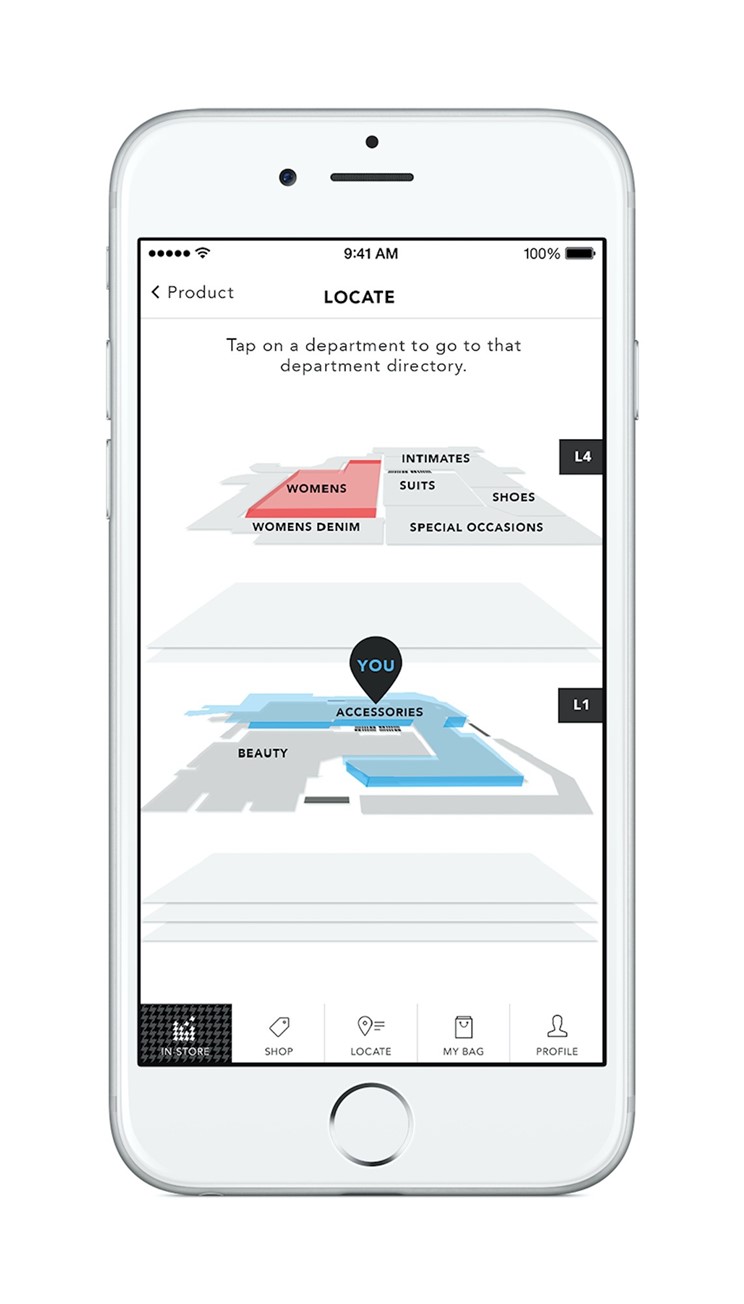
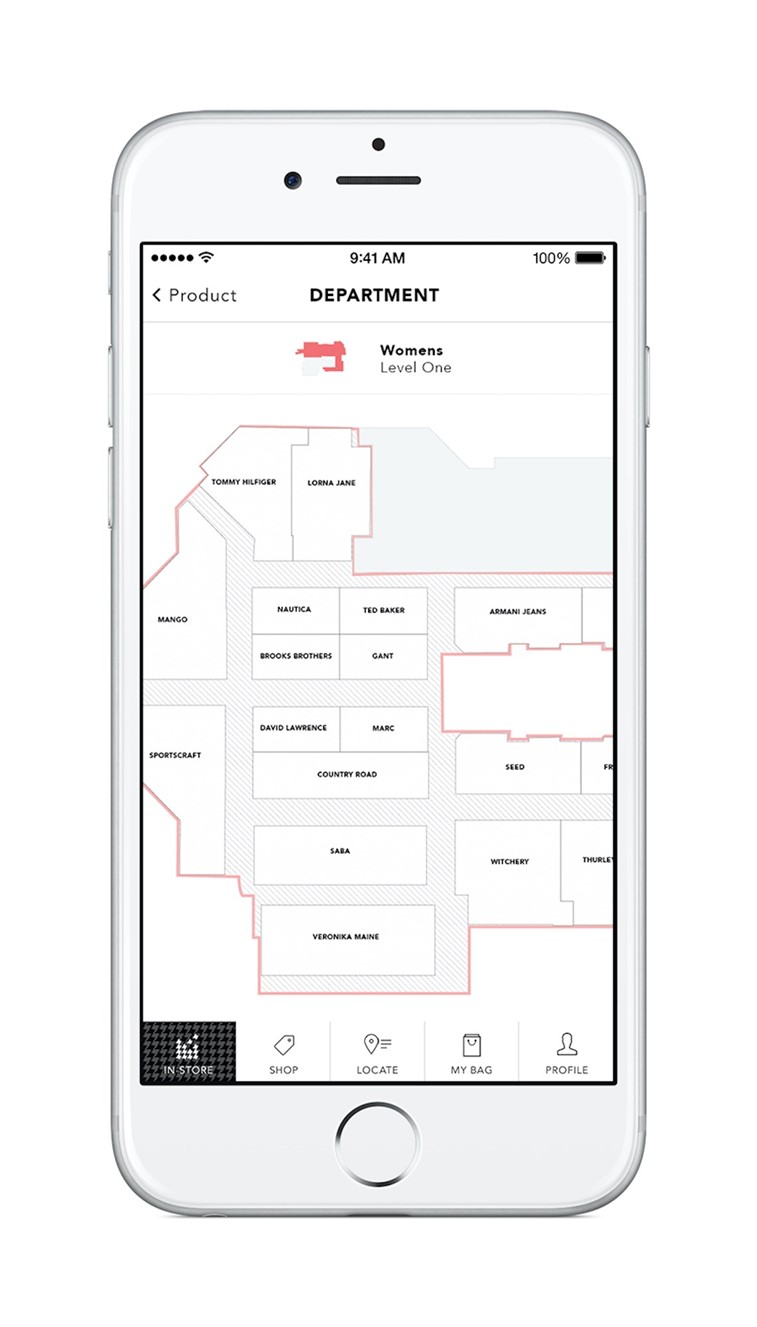

Wareable
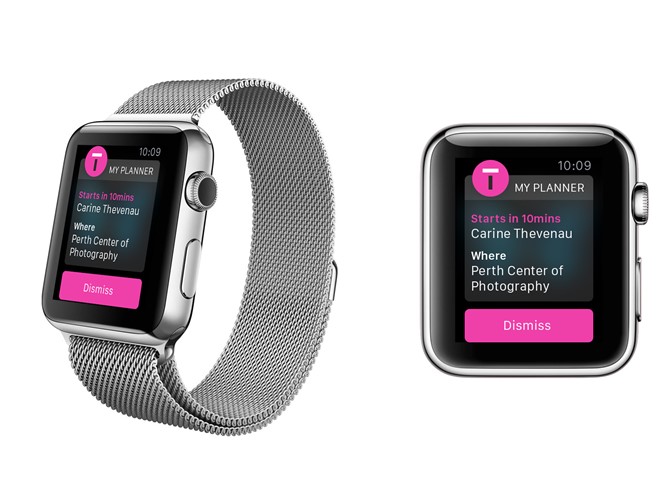
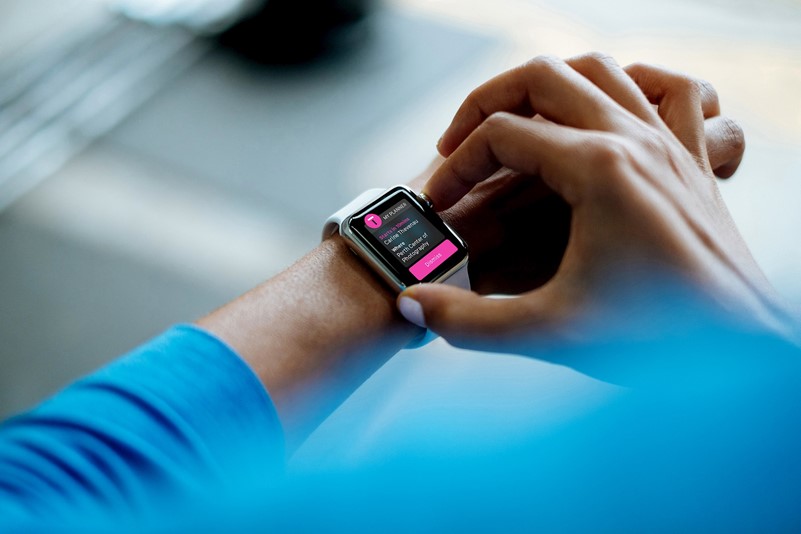
Banking
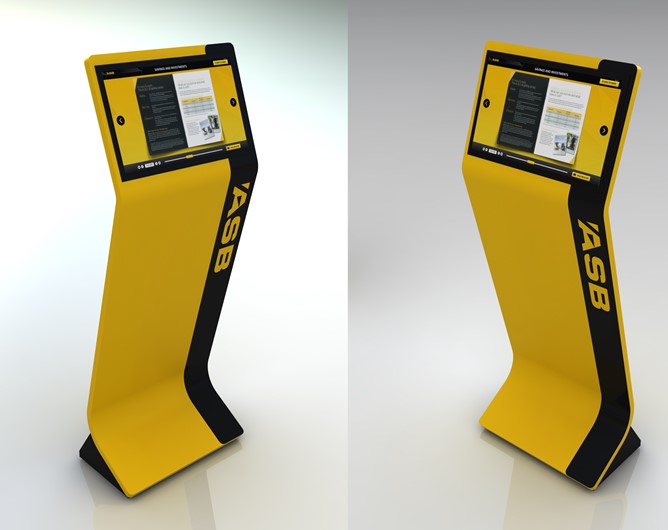
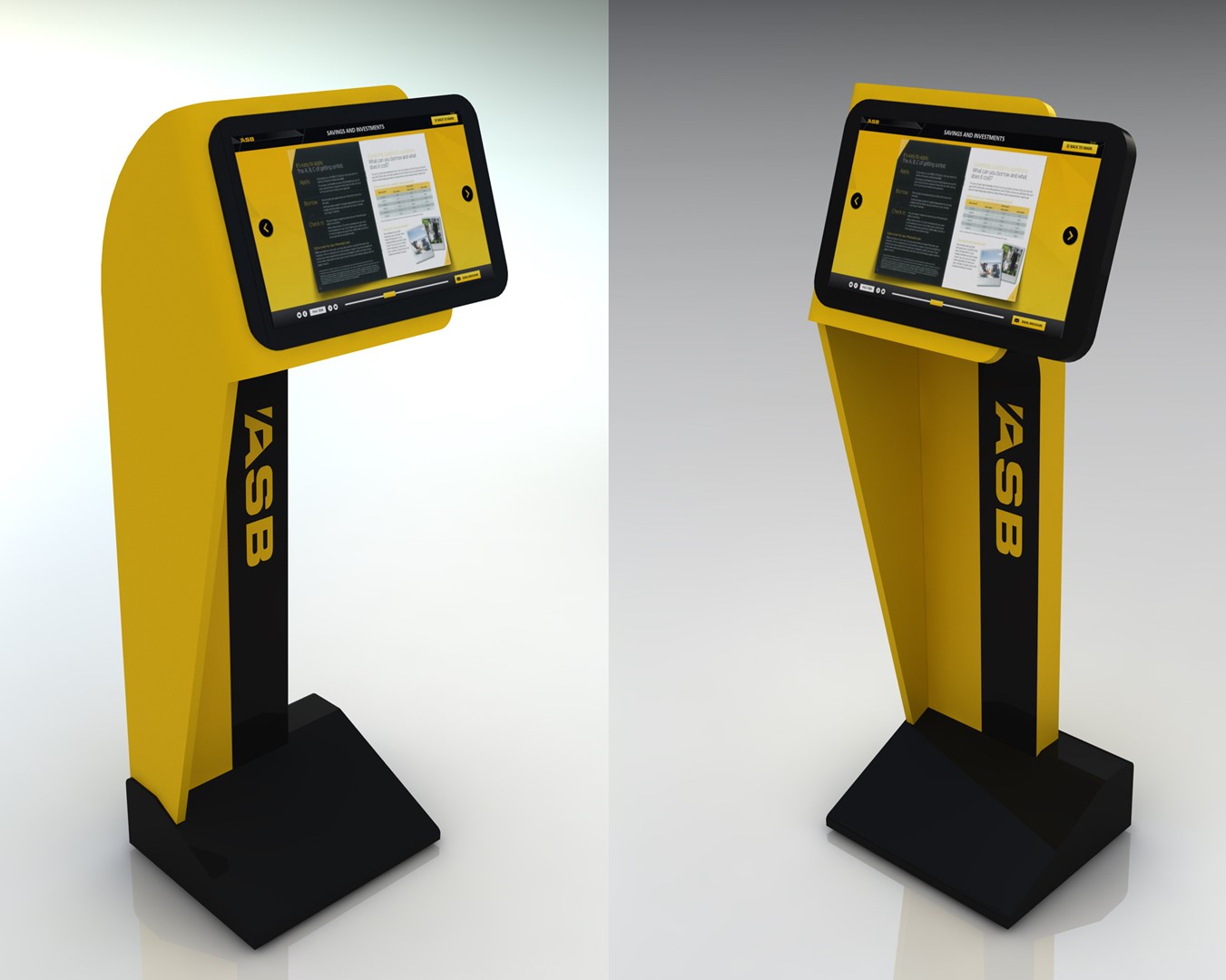
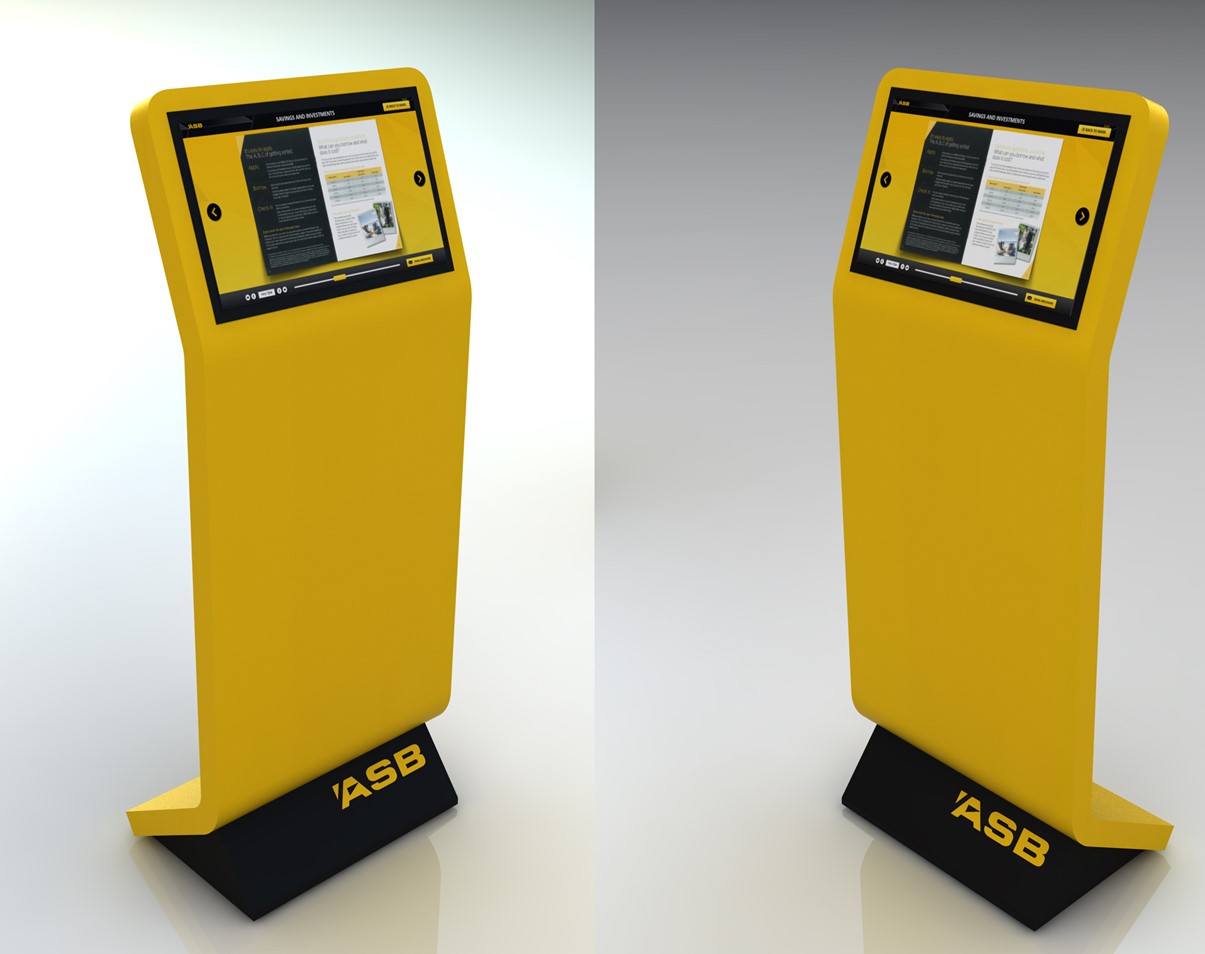
Chaos Theory
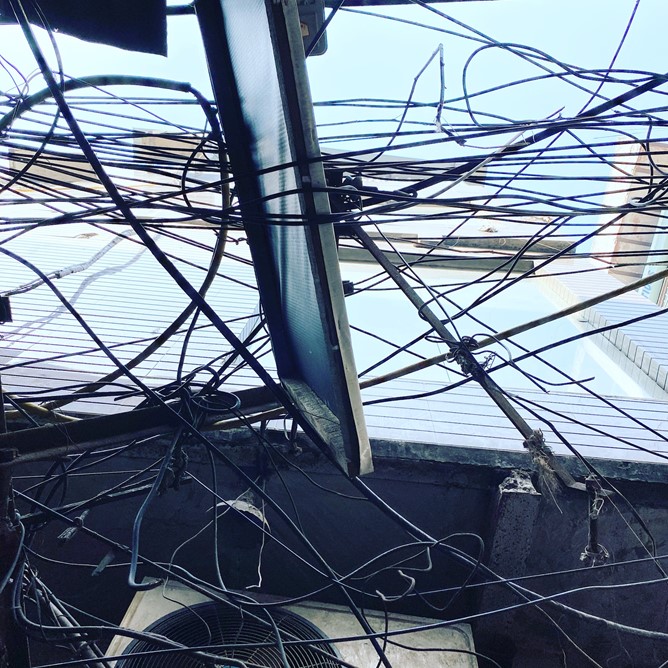
In 1963, Edward Lorenz introduced his butterfly hypothesis. He stated, “a butterfly flaps its wing and sets molecules of air in motion, which would move other molecules of air, in turn moving more molecules of air eventually capable of a starting a hurricane on the other side of the planet.”
It is rare that a mathematical theory makes it into the awareness of the general public. One exception, a number of years ago, was Chaos Theory. However sceptical some might have been at the idea that ‘a butterfly flapping its wings in China can cause a hurricane in Texas’, the current Coronavirus outbreak clearly demonstrates the notion that apparently small events in one place can cause much larger ones elsewhere.
Although we don’t know for certain, “scientists suspect that Covid-19 may have come from a market in Wuhan when a diseased animal was consumed or butchered”, thus allowing a previously animal-borne disease to pass into humans. Whether this turns out to be accurate, or whether the outbreak started elsewhere, coronaviruses are zoonotic in nature. Therefore a small act in urban China, where imports of species such as pangolins has skyrocketed in recent years, has now led to the shut-down of much of the world.
The coronavirus is more like an earthquake, with aftershocks that will permanently reshape the world.
If we are lucky, the world will pass “peak virus” within the next six months. But the economy, governments, and social institutions will take years to recover in the best-case scenario. Indeed, rather than even speak of “recovery,” which implies a return to how things were, it would be wise to project what new direction civilization will take. That too will be a bumpy ride. The next 3-5 years will remind us that COVID-19 was the lightning before the thunder.
Of course, it is difficult to draw straight lines between cause and effect. With the benefit of hindsight, we can trace how the Treaty of Versailles and the Great Depression enabled the rise of Hitler. But in the hyperconnected world of today, dense global networks enable butterfly effects to ripple and amplify far more rapidly.
Can we forward-engineer probable scenarios emerging from the consequences of today’s pandemic? Given how stretched our institutions are in coping with the current crisis, few tasks could be more urgent in helping us prepare for the future. It is easy to predict further doom after a devastating phenomenon such as the coronavirus. Reality will likely turn out differently—and it certainly can.
Experience as Human

I’m saying that as a preliminary to something much more important. We know that the universe that we experience as human beings somehow has something to do with that which we call the human brain. We’re not experiencing the universe in the way, say, a bat would. A bat would experience the universe as the echo of ultrasound. A chameleon’s eyeballs swivel on two different axes; we can’t even remotely imagine what the universe would look like to a chameleon. A honeybee returns to its hive after visiting a flowering grove and does what is called a waggle dance to communicate where the other bees can go for honey. What we call perceptual reality is a species-specific phenomenon; there is no such thing as the look of the world. It depends on who’s looking and what nervous system they are using to do that looking.
Let’s examine that because we do not know how the brain actually produces the experience. When you’re looking at an object, how does the brain take photons that have no dimensionality or color and are all that are coming towards you and you have the experience of a three-dimensional world in space and time, with color and fragrance and texture and sound? We don’t know that. While we can say that our brain correlates with that experience, correlation does not necessarily mean causation. But we do know that a human brain produces what we call the human universe.
A dolphin brain would produce a dolphin universe. Different species have different perceptual experiences. But one thing they must share as the common ground of all experience is what we call awareness or consciousness. So, if you have a dog or a cat as a pet, or any other animal, and you have a relationship with that animal, that’s not because you’re perceiving the same perceptual reality. It’s like you are both in a virtual arcade using awareness as the interface through which you translate the experiences you’re having in human terms or dog terms or cat terms or any other species’ terms. The dog in the White House has no concept that it’s sitting in something called the White House, in something called the Oval Office, with a person called the President of the United States, who can press a button and cause nuclear warfare. Those are human concepts. And yet, you share awareness.
Awareness and consciousness is the common ground of all experience. And experiences are innumerable. Perceptual experiences are species-specific, but they’re also culture-specific and personal. There’s personal experience. There’s collective experience. There’s species experience. There’s transpersonal experience. And possibly there’s universal experience. So, what I’m saying is that you need awareness or consciousness to have experience. That experience could be a perceptual experience, in which case we call it the physical world, or it could be a mental experience or an image or a thought or an emotion. in which case we call it the mental world. But those are human constructs around experience.
You cannot separate an object from the experience of that object. If I’m looking at a cup of coffee on the mantelpiece, I cannot separate those objects from my perceptions of those objects, from my experience of those objects. So, where are those experiences occurring? They’re occurring in consciousness. Where is consciousness? We can’t find it. It doesn’t have a form. If it doesn’t have a form and you can’t find it, then it must be invisible. And being invisible, it’s not in space-time. If it’s not in space-time, then it’s eternal. It’s non-local. And so right now, we are non-local beings having a local experience where we are translating our experiences and then objectifying them as what we call “the physical body-mind and the physical world.” But the physical body-mind and the physical world are human constructs around experience. And experience is dependent on consciousness. So, if we were to define consciousness, which is not an easy thing, we would say—borrowing from many other experts in this area like Rupert Spira, Dan Siegel, and many others—consciousness is the knowing element in every subjective experience. Consciousness is that in which experience occurs and is known.
Here’s the difficult part. What is that out of which an experience is made? What is a thought made of? It’s a modified form of consciousness. What is an emotion? It’s a modification of consciousness. So, it’s made out of consciousness. Now, we don’t have any problem with this. But somehow we think our perceptions are not made out of consciousness because we call our perceptions ‘the external world.’ But perceptions are as much an activity or modification of consciousness as thoughts and emotions are. So, a sound is a modified form of consciousness. A texture is a modified form of consciousness. Taste, smell, color, form—these are modified forms of consciousness.
When you realize this, then you realize that all the building blocks of subjective experience are nothing other than sensations, images, feelings, thoughts, and sense perceptions. We objectify these as something we call the body-mind and the physical universe. When we normally think of ourselves as being in the universe, we think of ourselves as ‘me’ and the rest of the universe, and the ‘me’ is supposed to be somewhere in the body-mind. But you can’t find that ‘me’ in the body-mind because it’s not there. It’s formless.
In fact, the body-mind is as much an experience as what we call the physical world. And in raw terms, that experience is nothing but qualia, or qualities of experience, which are S-I-F-T—sensations, images, feelings, thoughts. Period. Now what we do is we create constructs around this. We objectify this experience. We call it the objective physical world. But in fact, that’s a human story. And that’s why I say you are the universe. You don’t exist in the universe. The so-called universe exists in you. You don’t exist in the body. The so-called body exists in you. You don’t exist in the mind. The so-called mind exists in you.
In other words, we are the creators of the human universe, and we’ve been doing it for centuries and millennia, but we don’t realize that we made up the whole thing. You know, we made up chairs and tables and furniture and physical objects like New York City and latitude and longitude. But we also made up stars and galaxies because stars and galaxies are nothing other than sensations, images, feelings, and thoughts, which are perturbations of consciousness.
Deepak Chopra
Jellyfish
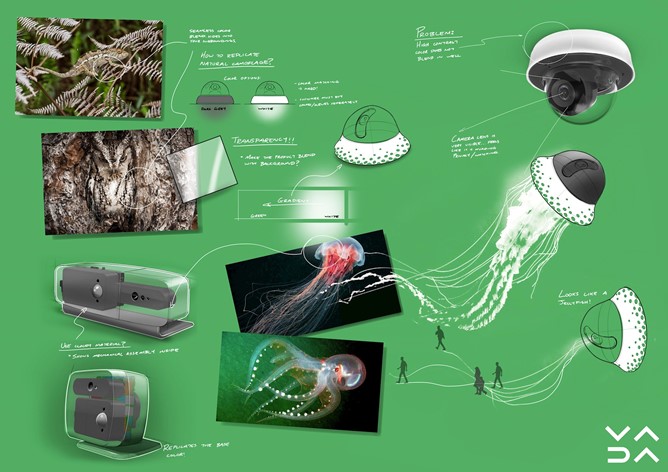
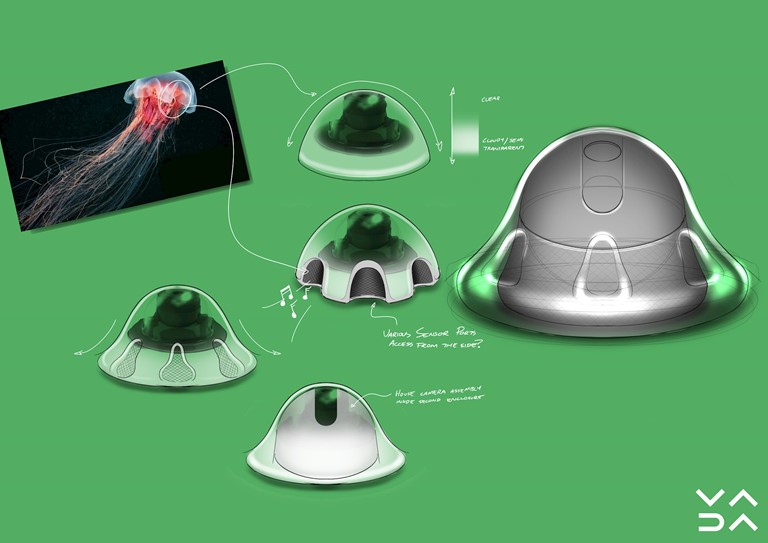
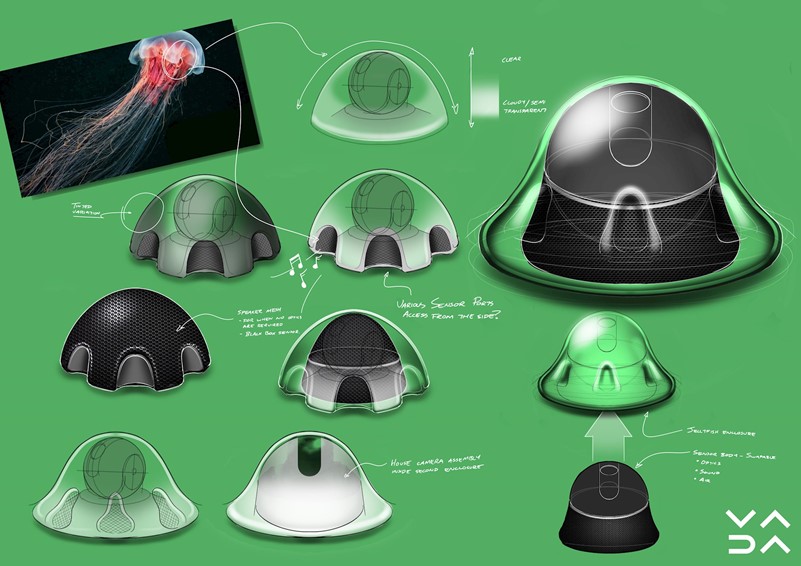
Office Park
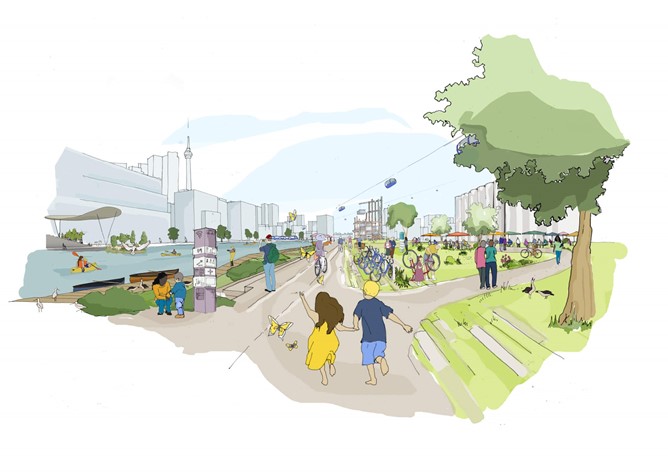
The workplace of the future is a park.
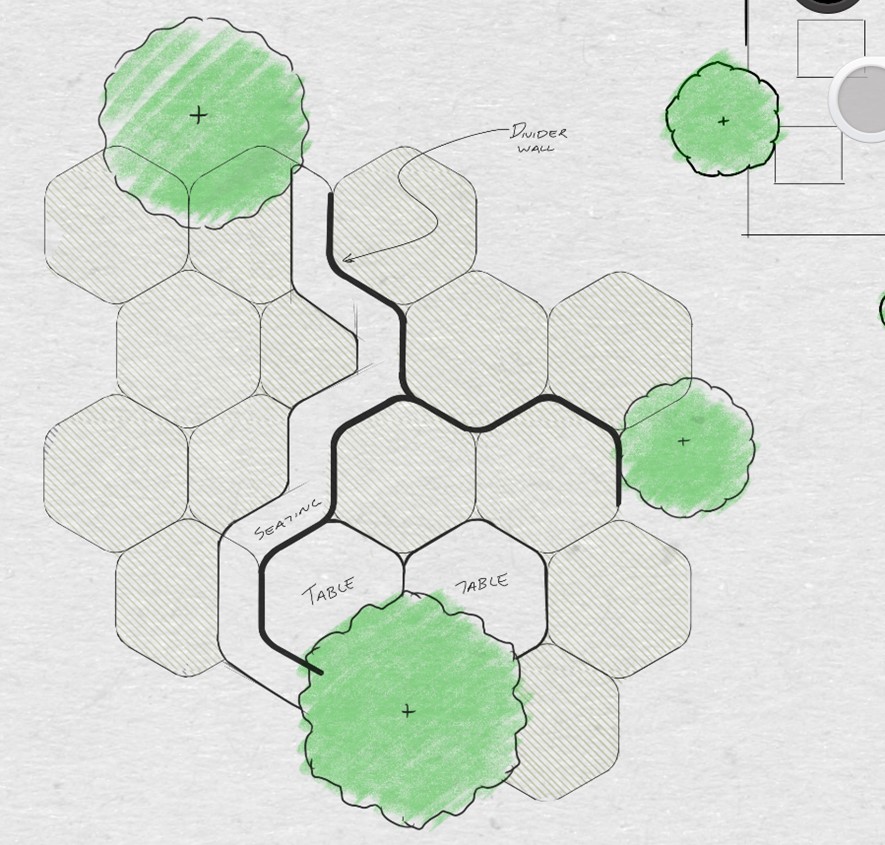
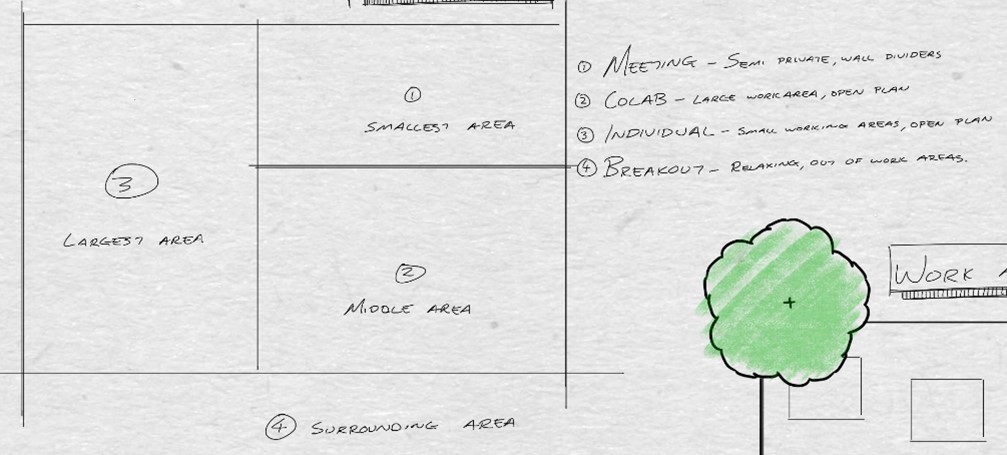
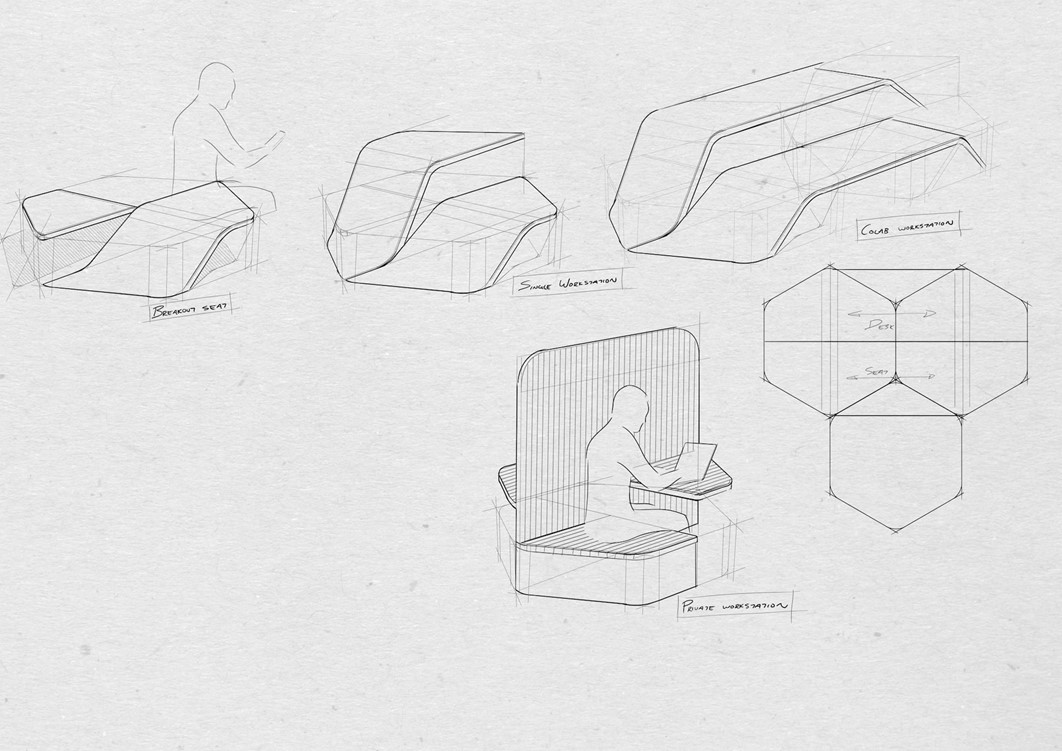
Integrated Sensor


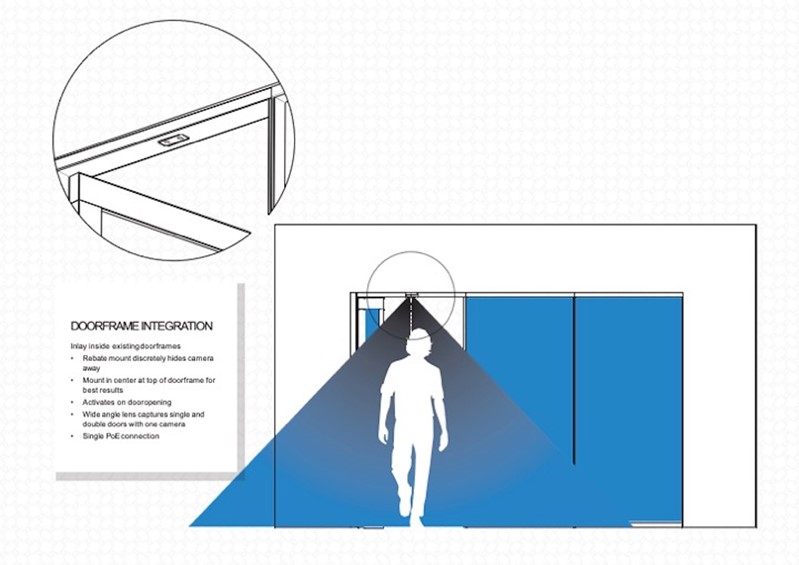
Living Space
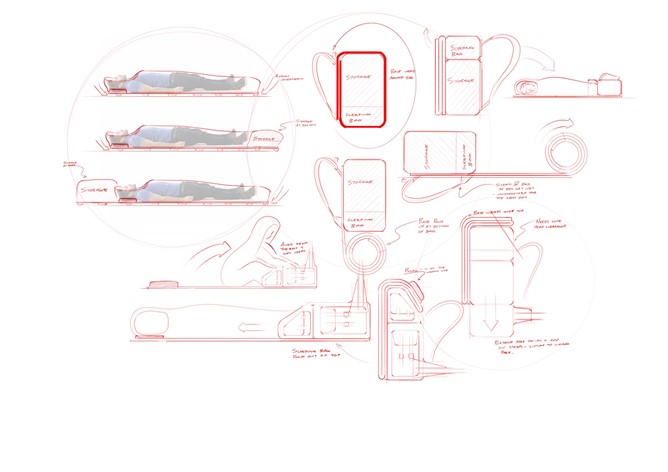
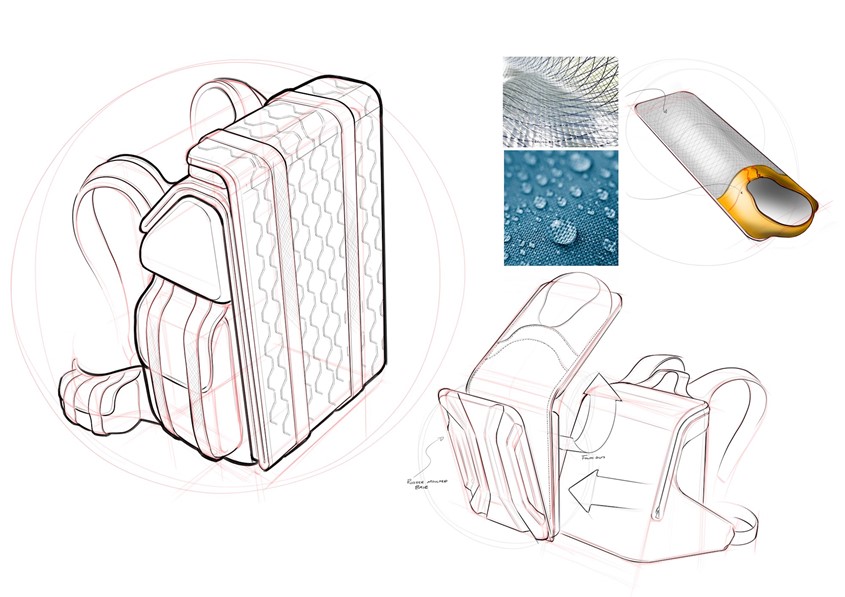
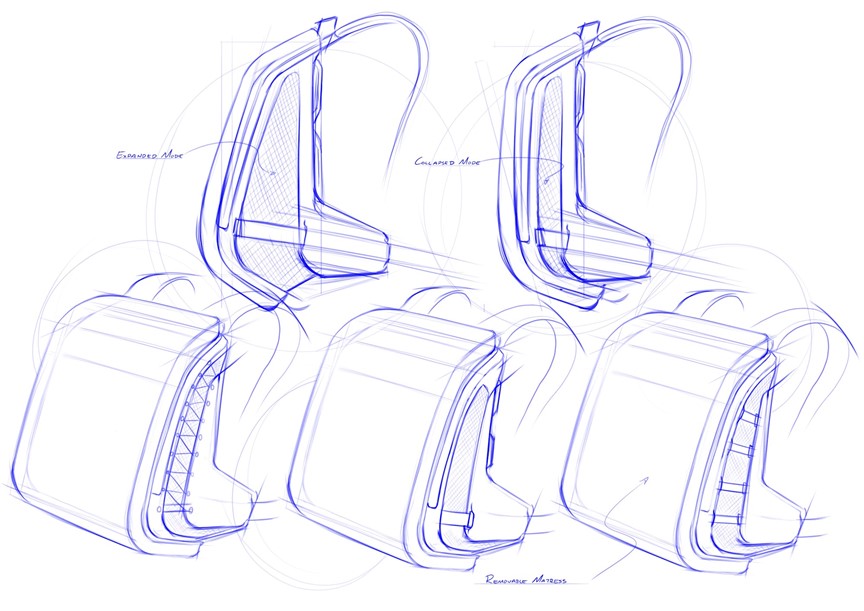
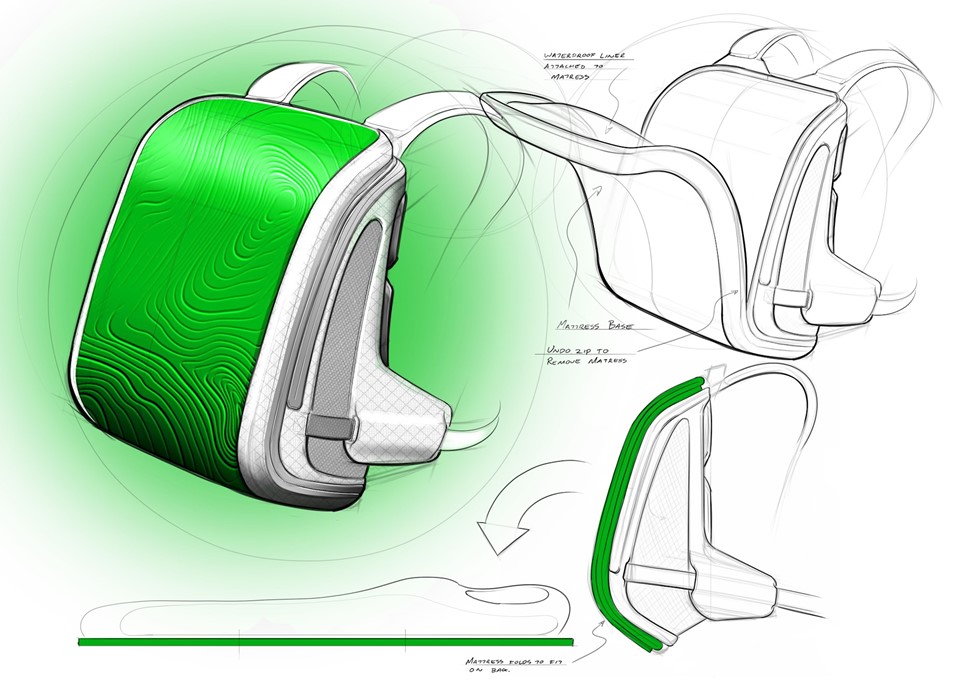
Transparent LED Screen

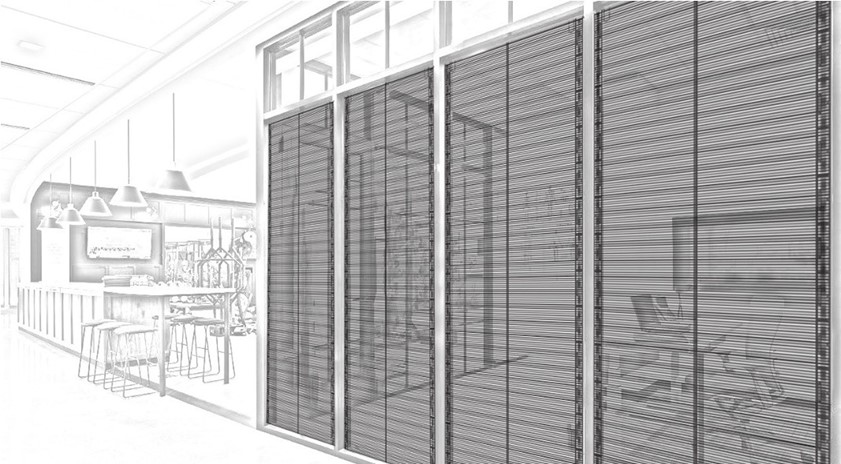

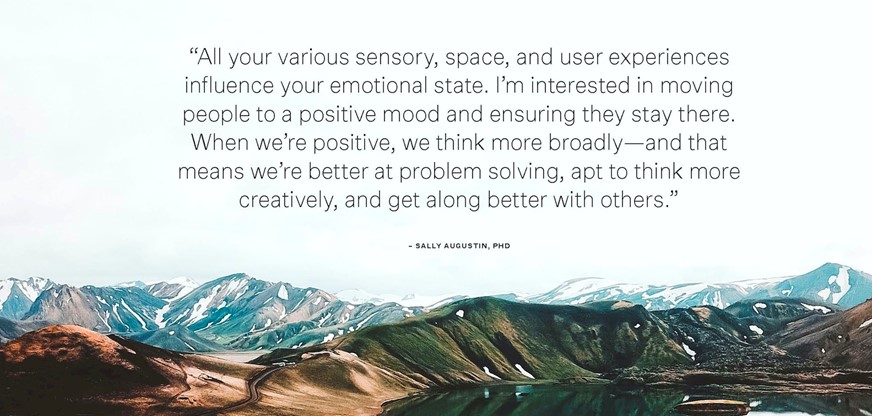
LED Partition
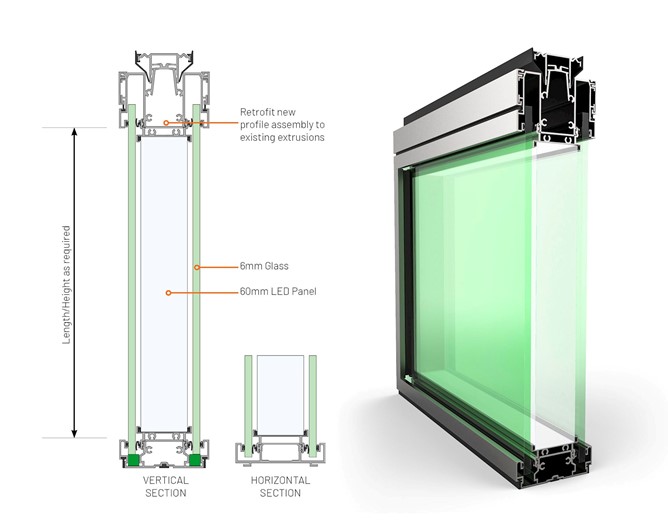
LED Structure Design
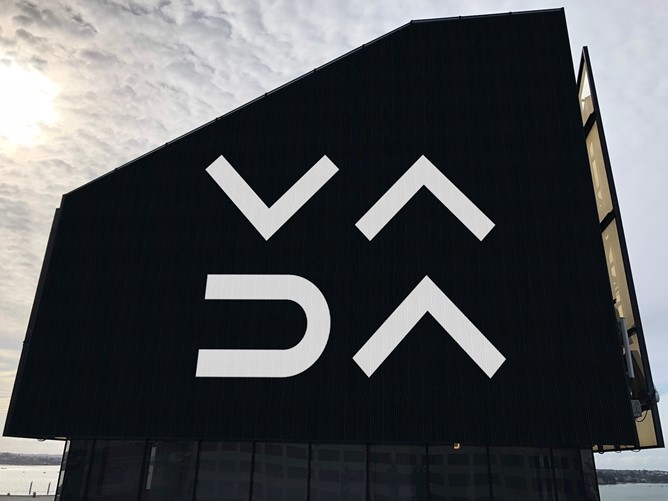
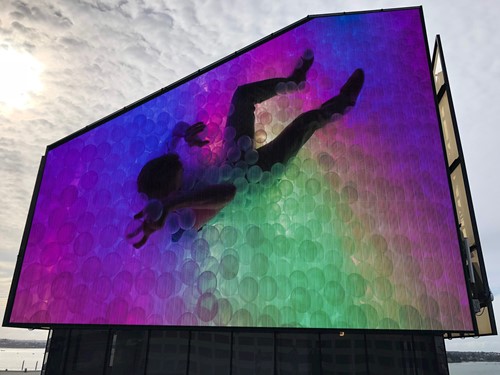
Electric Vehicles
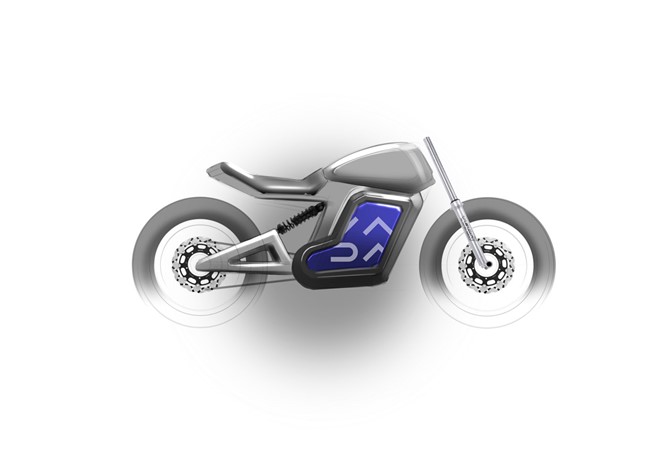
As we move forward, and think about environment footprint we embarked on a research design sprint, on my favourite mode of transport the motorcycle. Are we able to design a motorcycle that can be fully recyclable, with low carbon footprint in manufacturing.
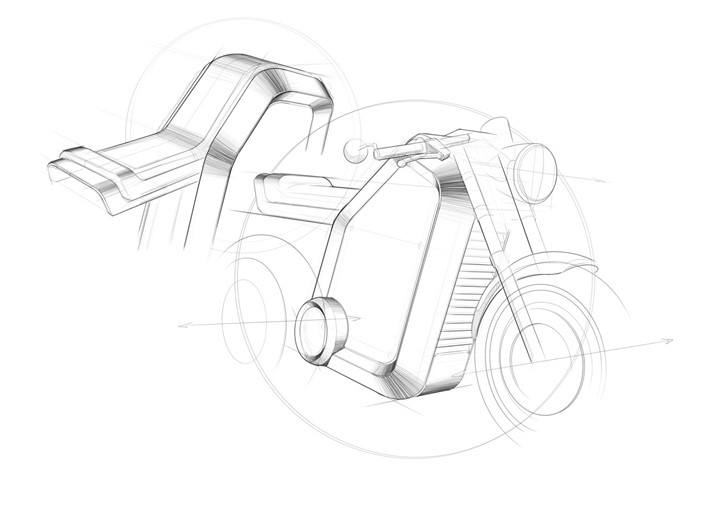
Current electrical grids are mostly moving towards reducing their reliance on fossil fuels and increasing their renewable energy production. With electrical vehicles already producing fewer emissions through their lifetime regardless of the energy source, it shows that EVs are indeed the vehicle of the future. Manufacturers are also accepting the fact that EVs are less polluting and producing more EVs will help reduce total carbon emissions.
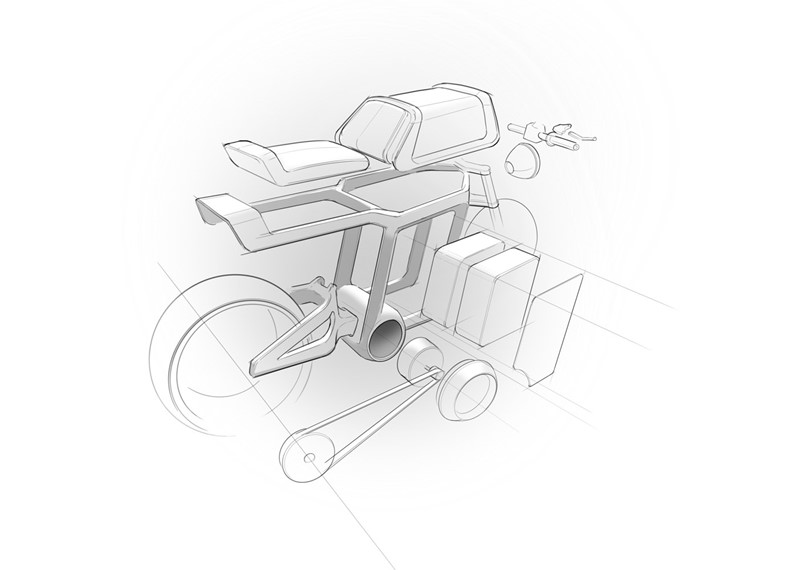
as they currently stand are far less polluting than their combustion engine counterparts. As the technology becomes more mainstream, it is likely to become even more efficient and sustainable. Economies of scale will benefit EV manufacturing by providing better infrastructure, more efficient manufacturing techniques, recycling options and reduce the need for the mining of new materials.
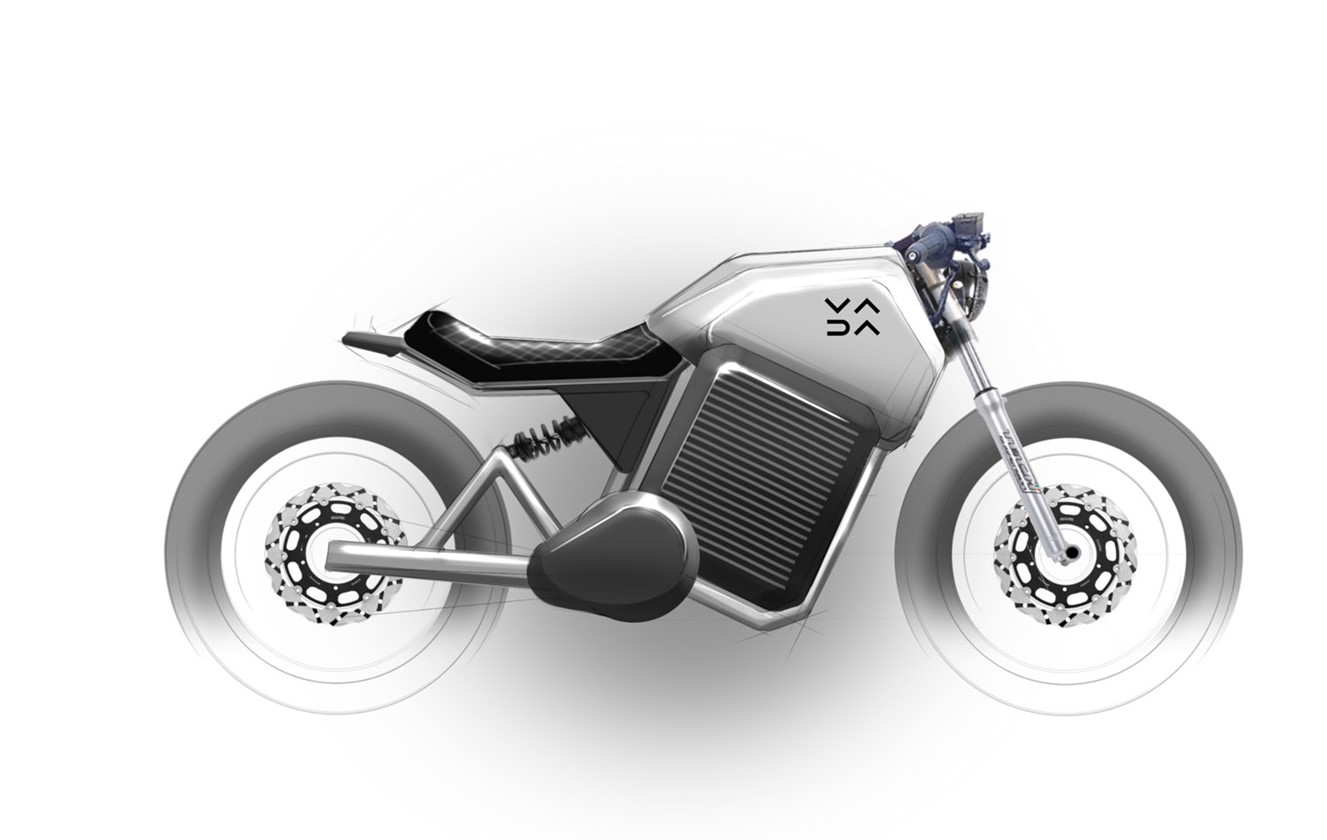
Electric vehicles are not a panacea but combined with greater deployment of renewables and the decarbonization of the electricity grid they offer a pathway to greatly reduce greenhouse gas emissions.
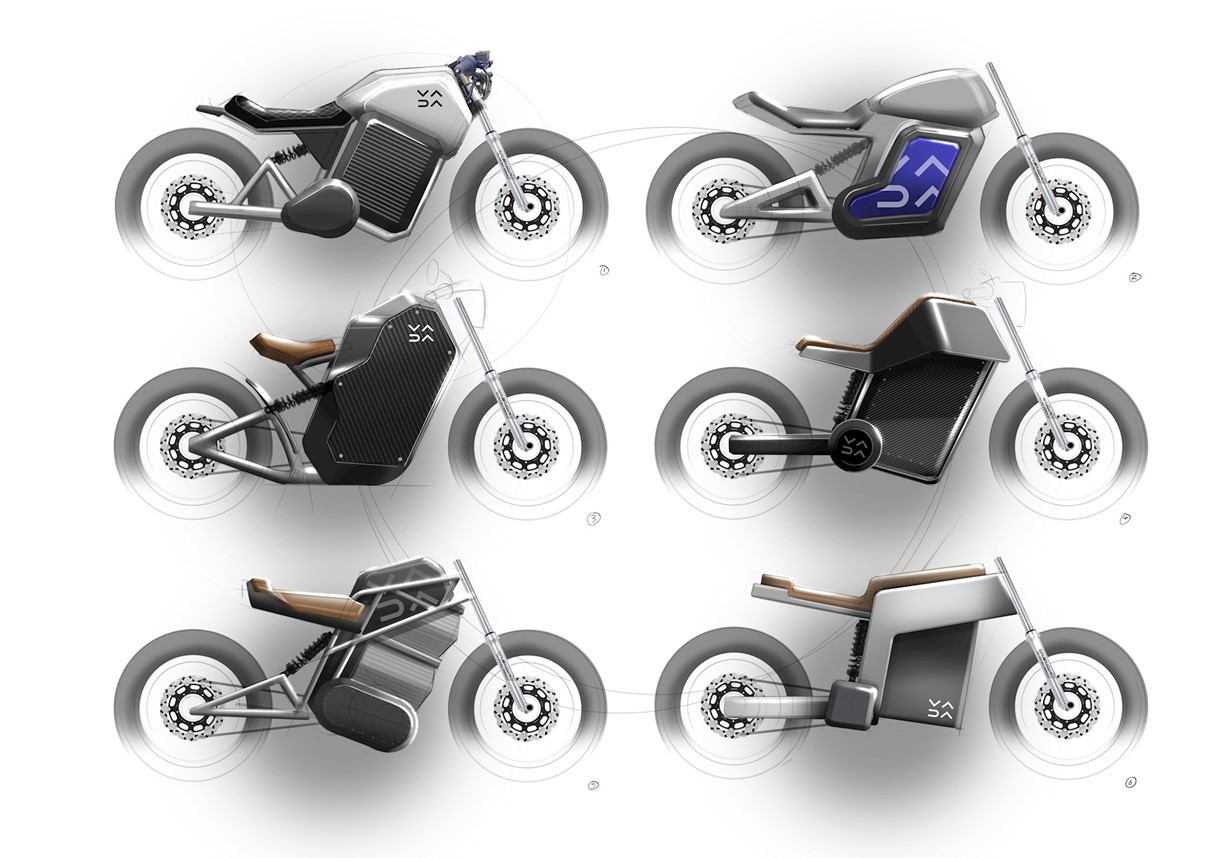
In The Future

I also believe that , all technologies, big and small, will be perceptive and sentient. The ubiquitous human-machine interface, in whatever shape it will manifest, will interact with you the same way that humans interact with each other. Ubiquitous, perceptive AI will be always there, but in a subtle sense, operating in the background to make our experiences better and our lives easier. These systems and technologies will be seamlessly integrated into our day-to-day lives, the devices we use, the cars we drive, the homes we live in, and the like, having a small footprint.
Emotion AI will provide a backbone for our digital experiences. In the coming years, I believe we'll see that it will evolve beyond just emotion, and transform into "human-perception AI" or, as I like to say, AI that can understand all things human.
If you think about it, we're already surrounded by AI today, with the ubiquity of technologies such as Siri, Alexa, and Google Assistant that are constantly engaging with us and learning about us. At the same time, science has shown that there are facial and vocal biomarkers of mental health. Now, imagine if these devices were equipped with human-perception AI that could detect these facial and vocal indicators of poor mental health. There's significant potential for this technology to transform mental-health treatment and care, by serving as a way to measure people's wellbeing and even providing real-time intervention.






